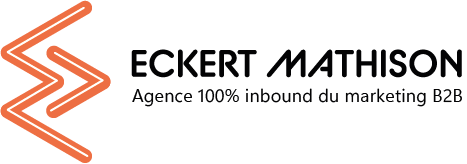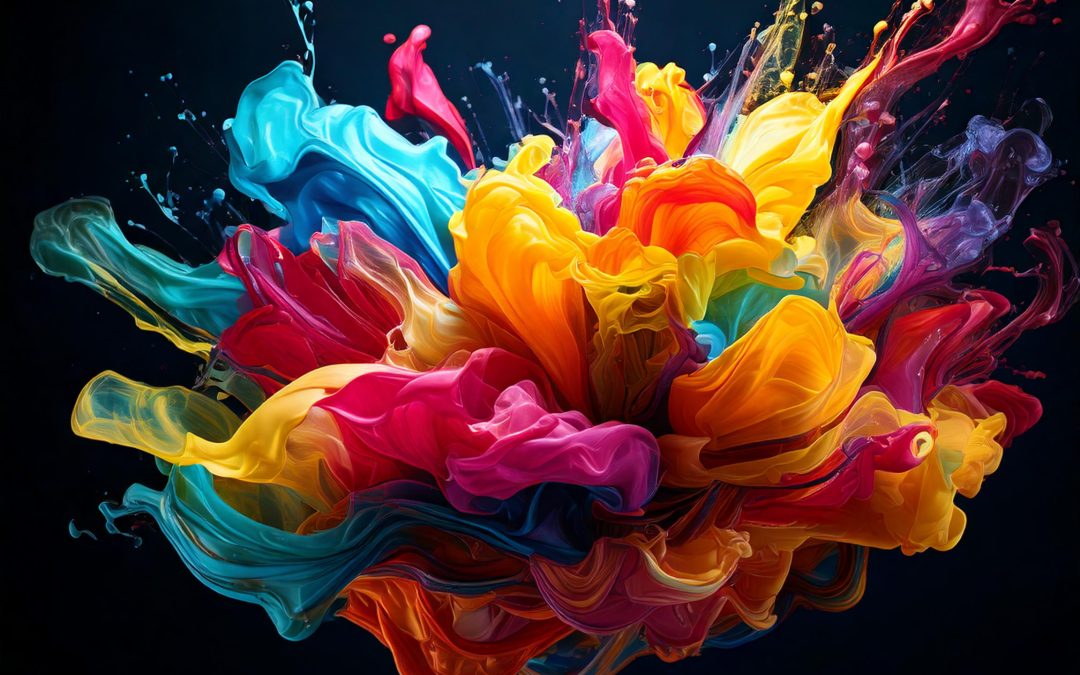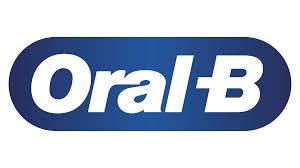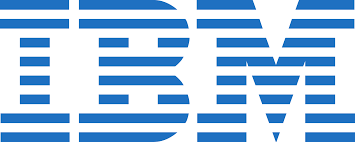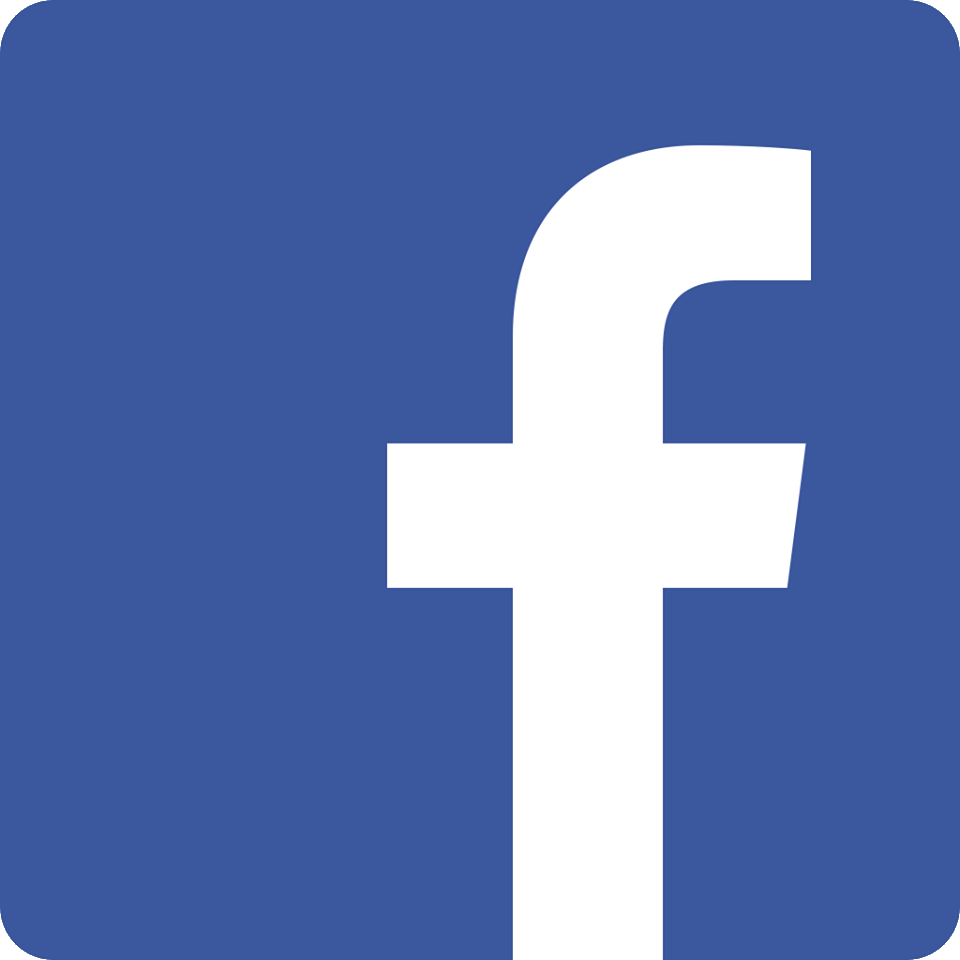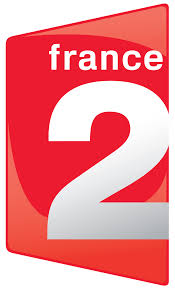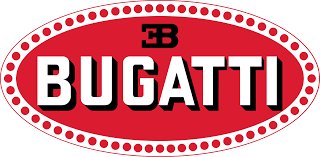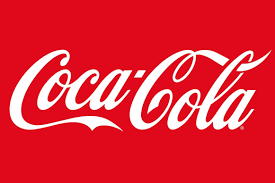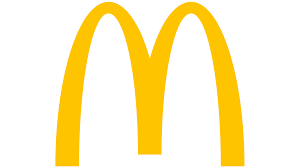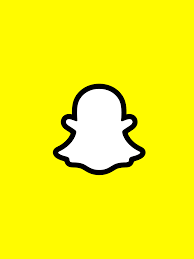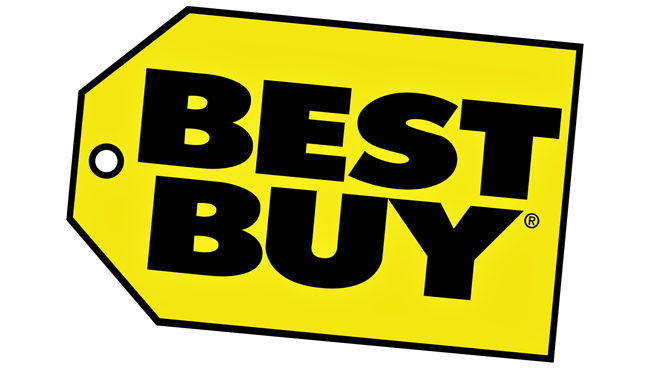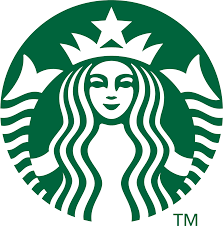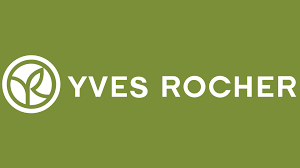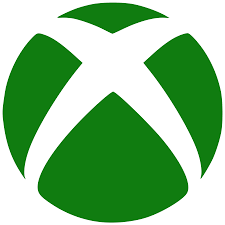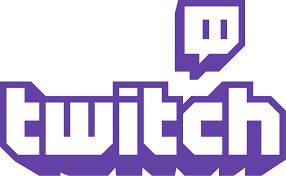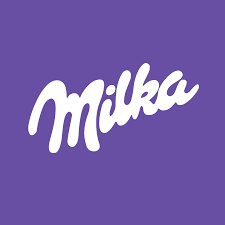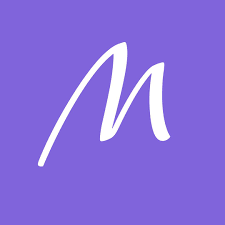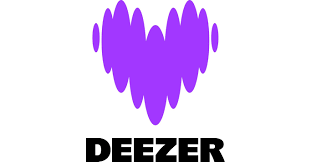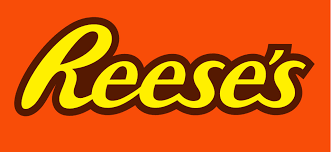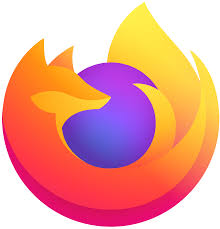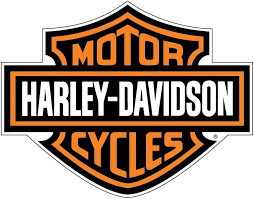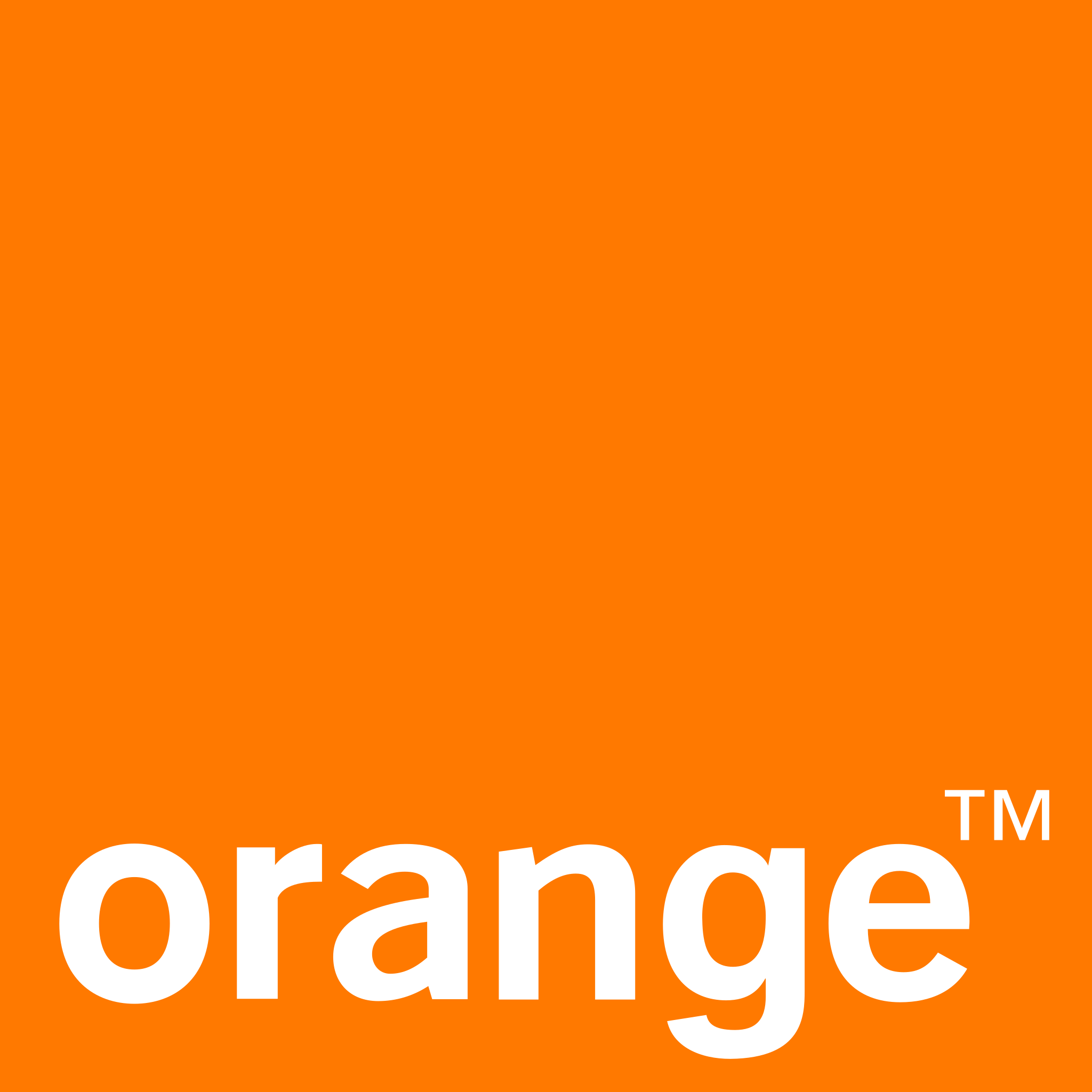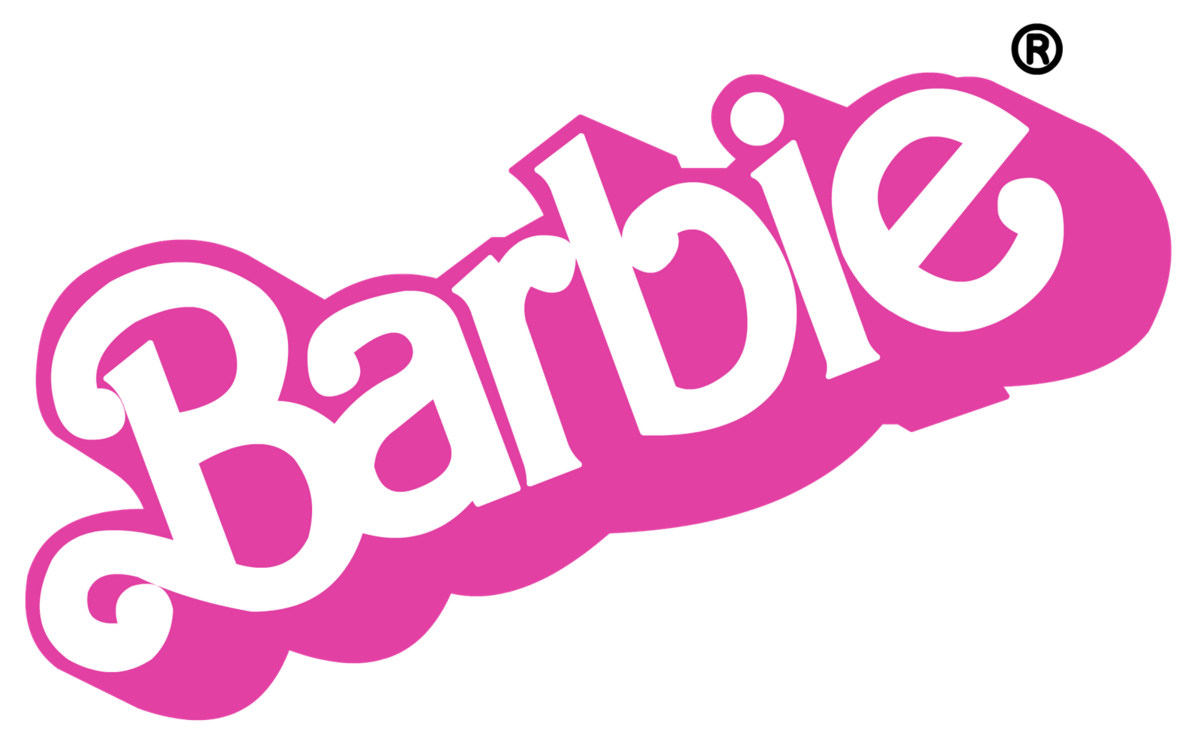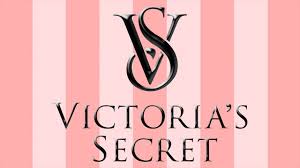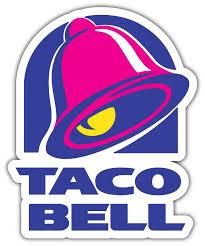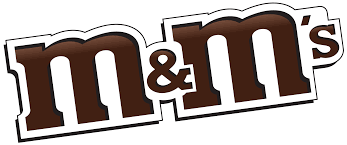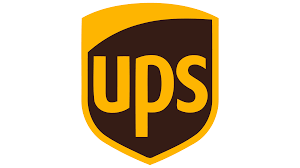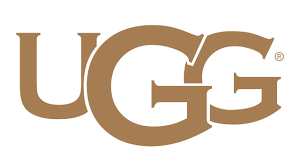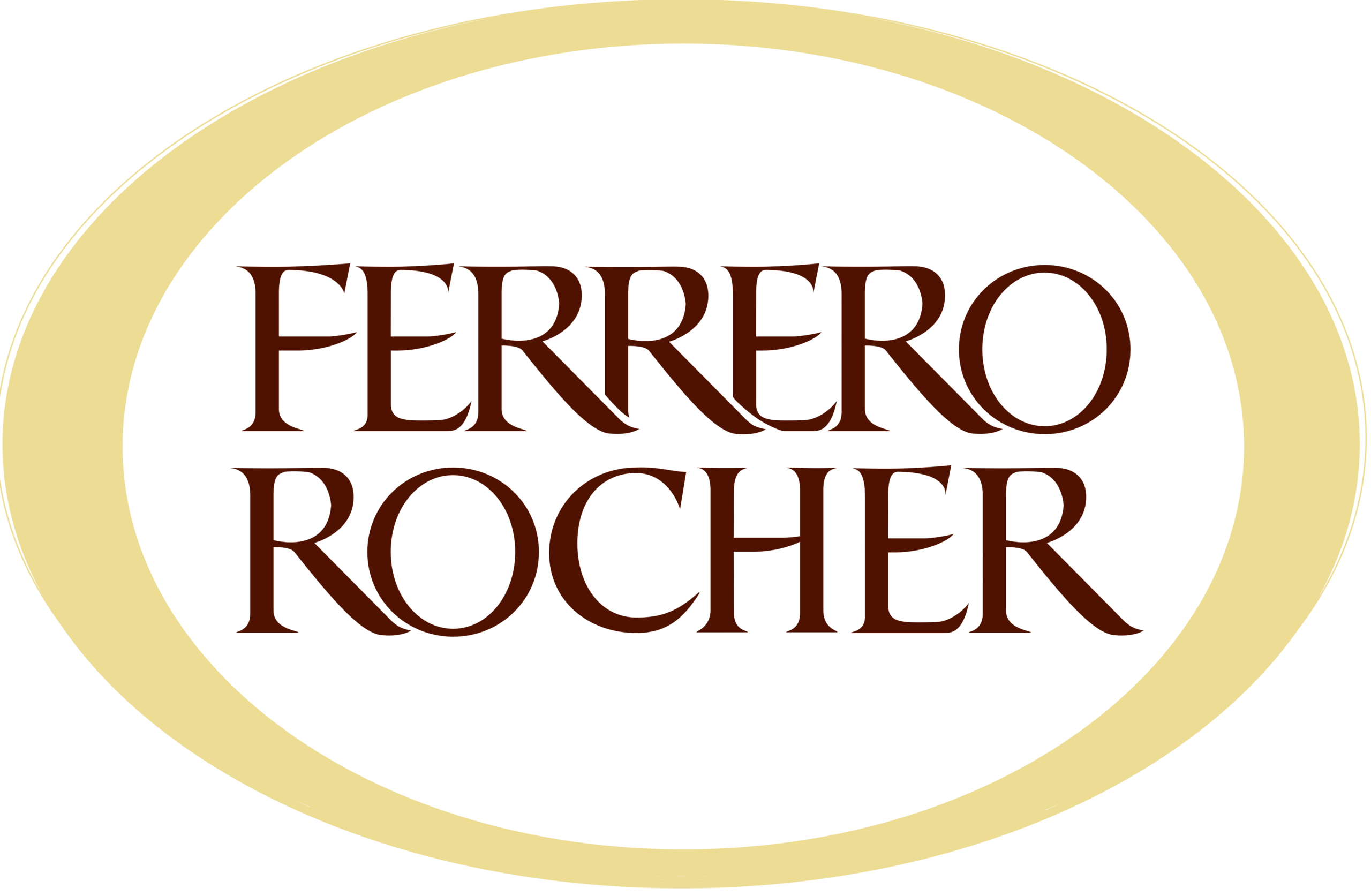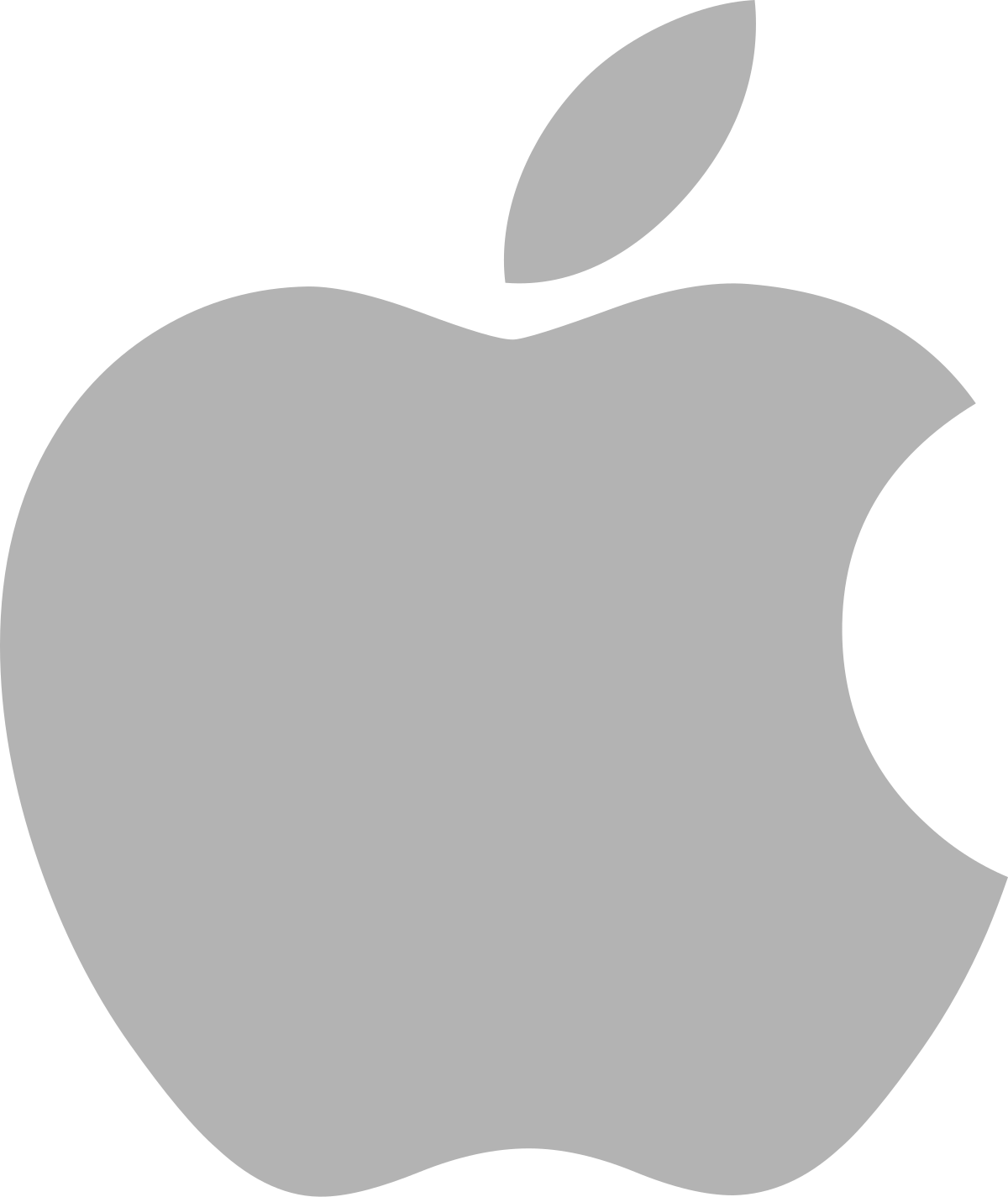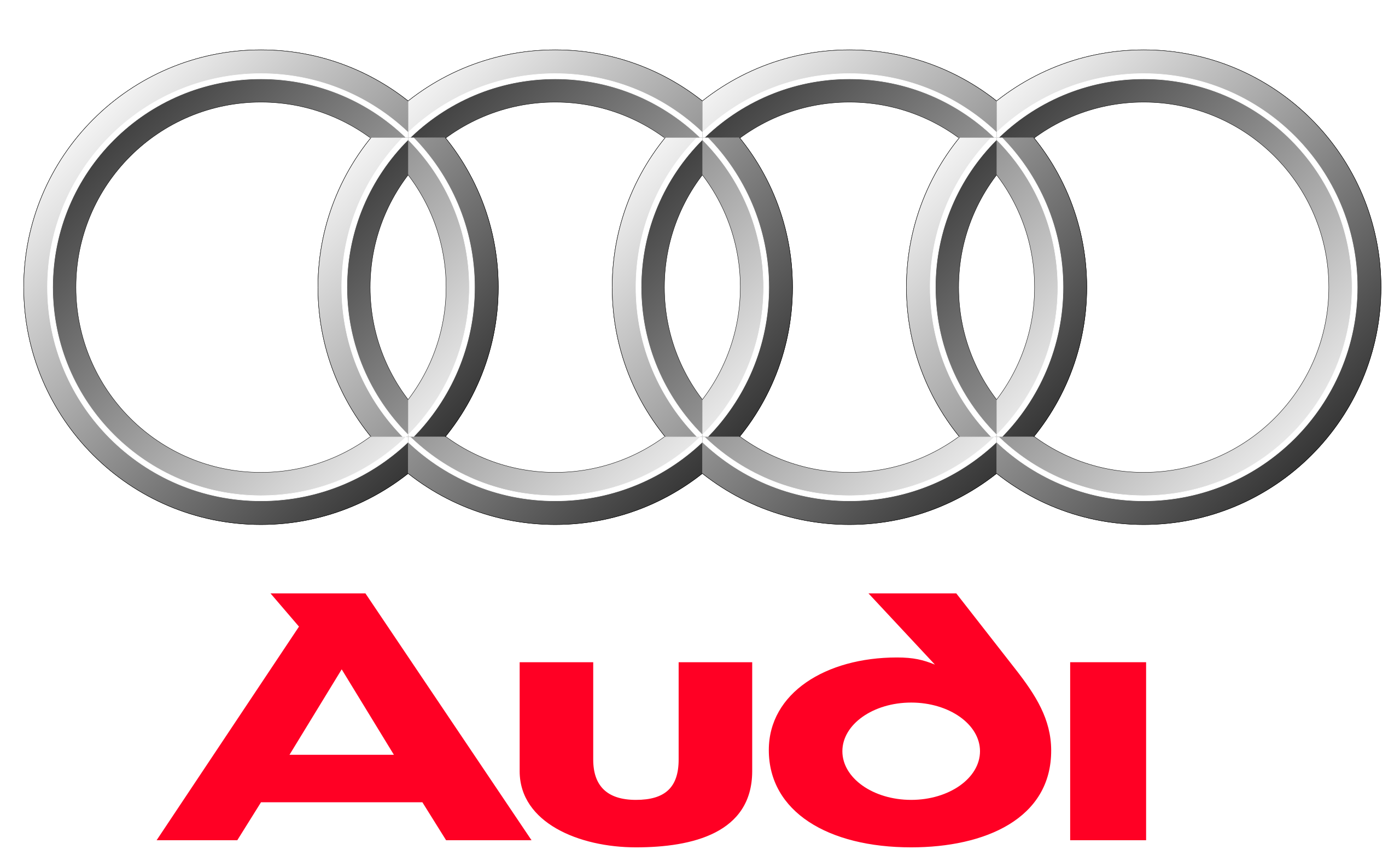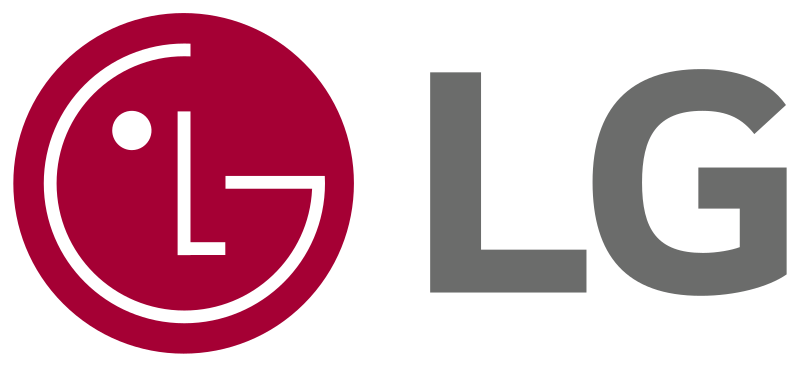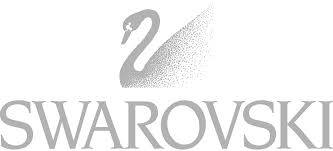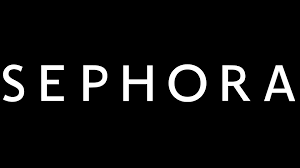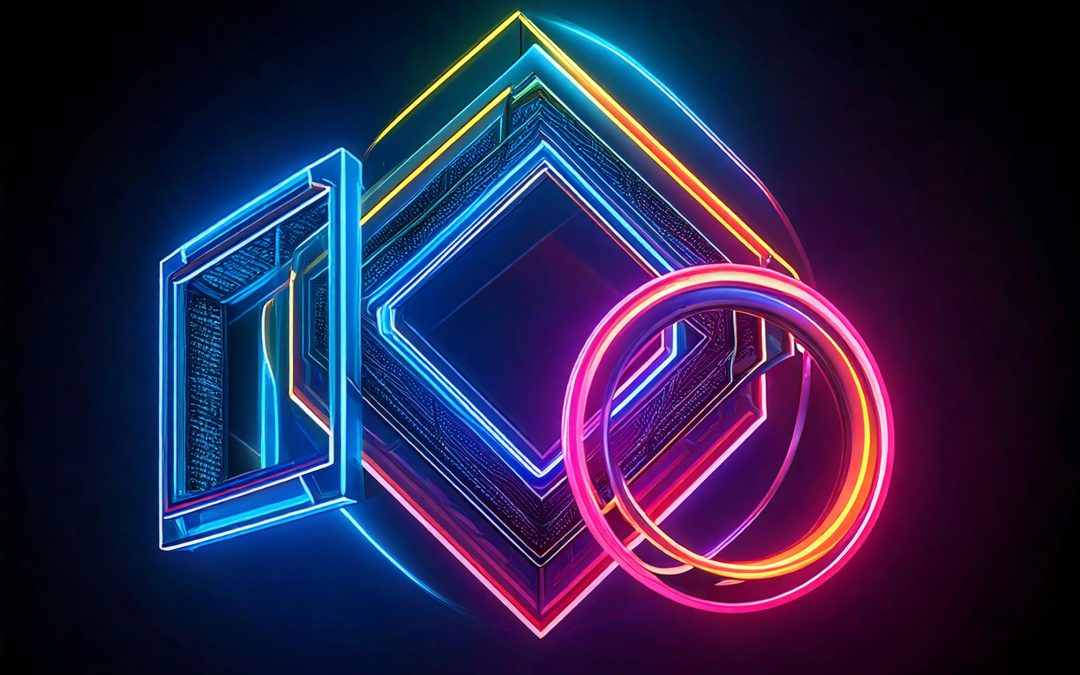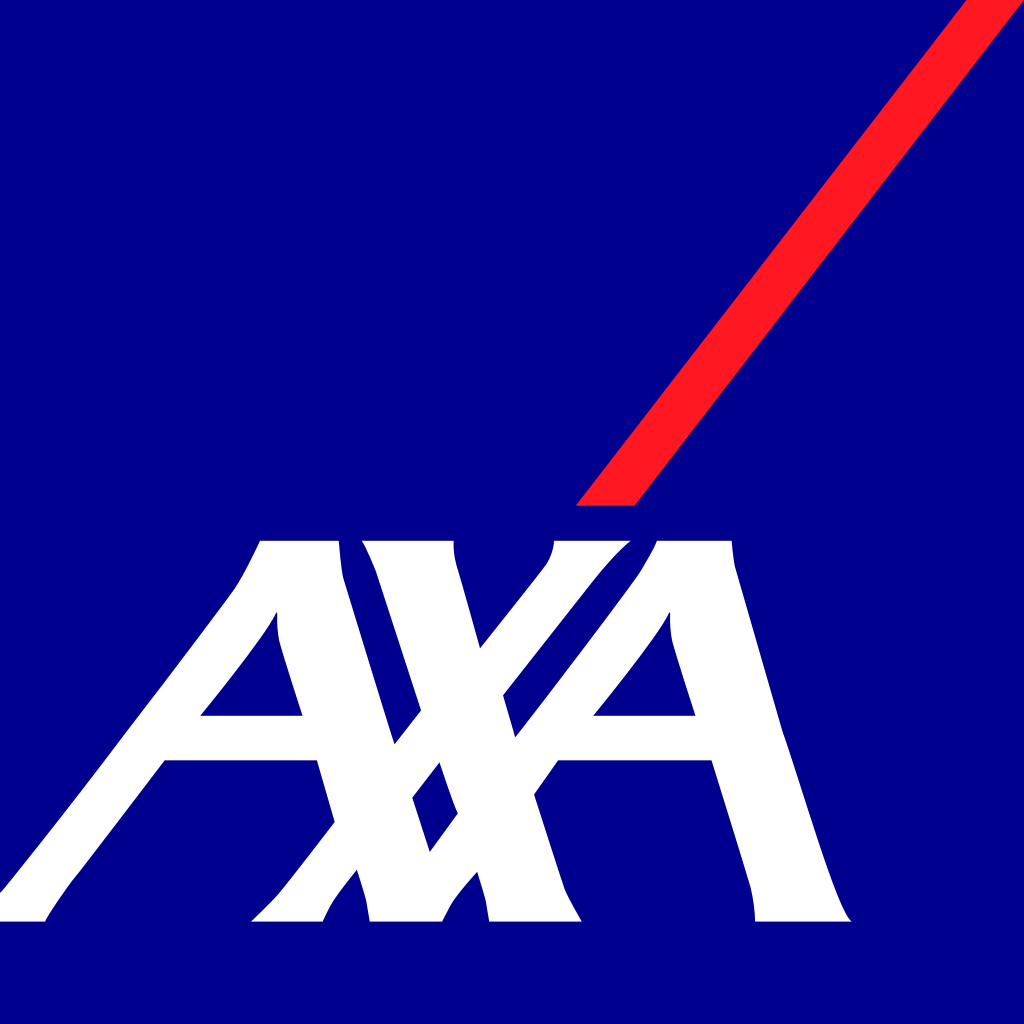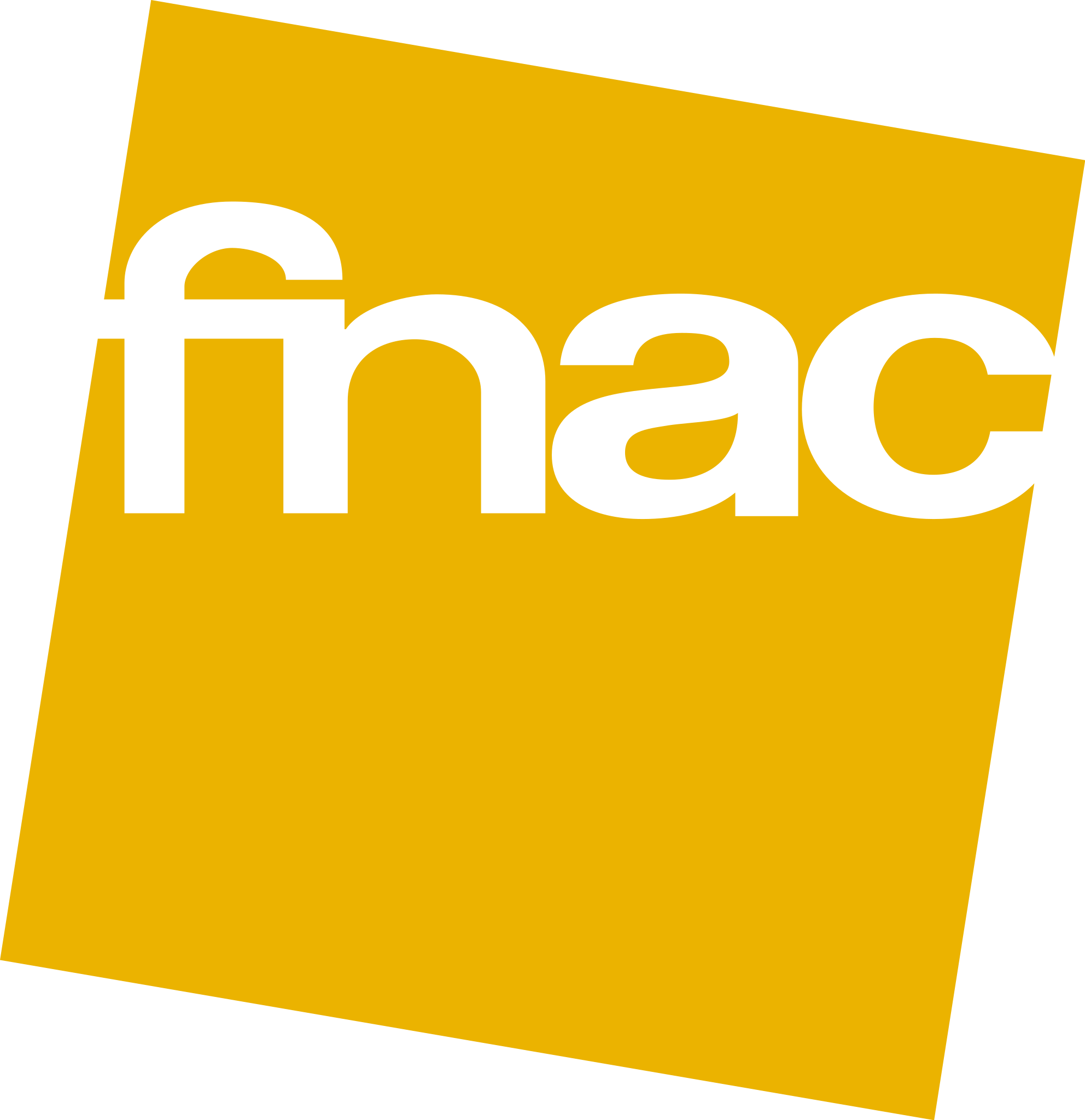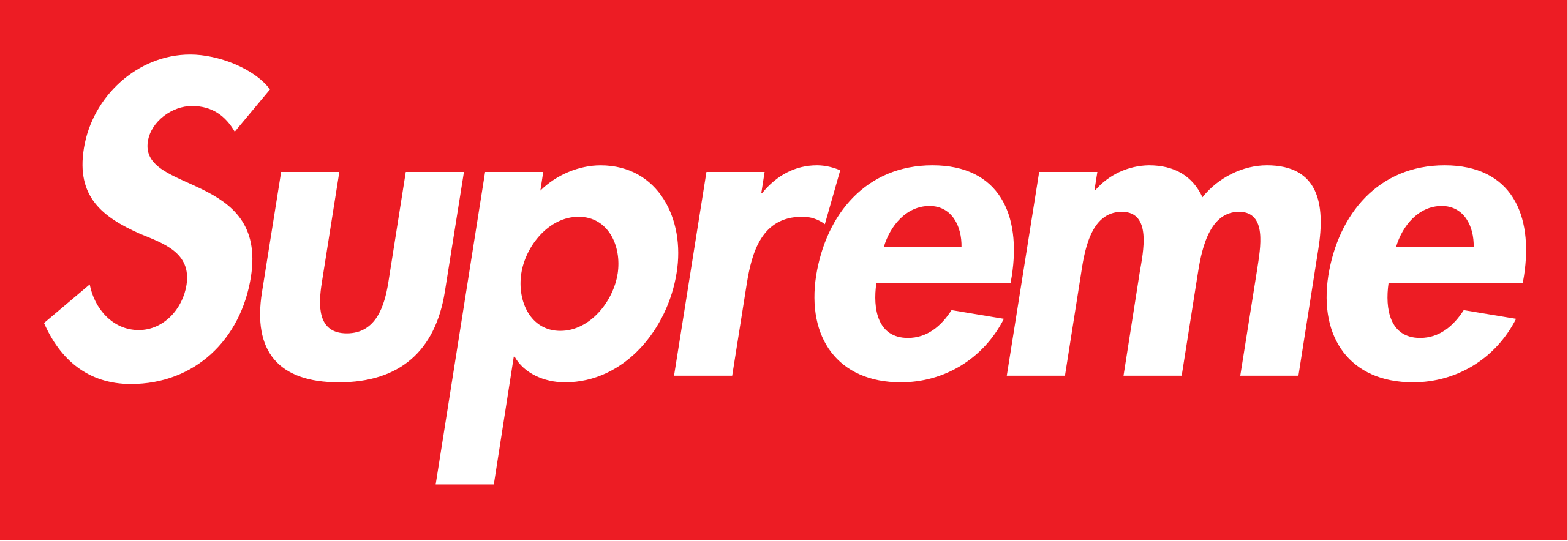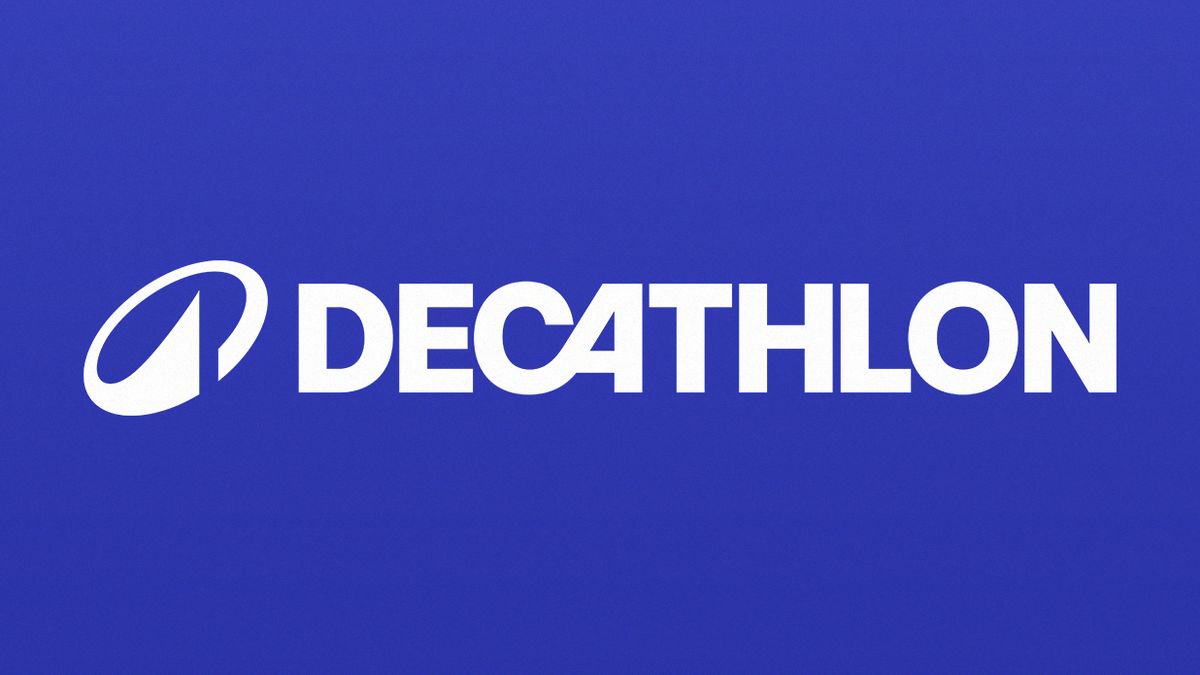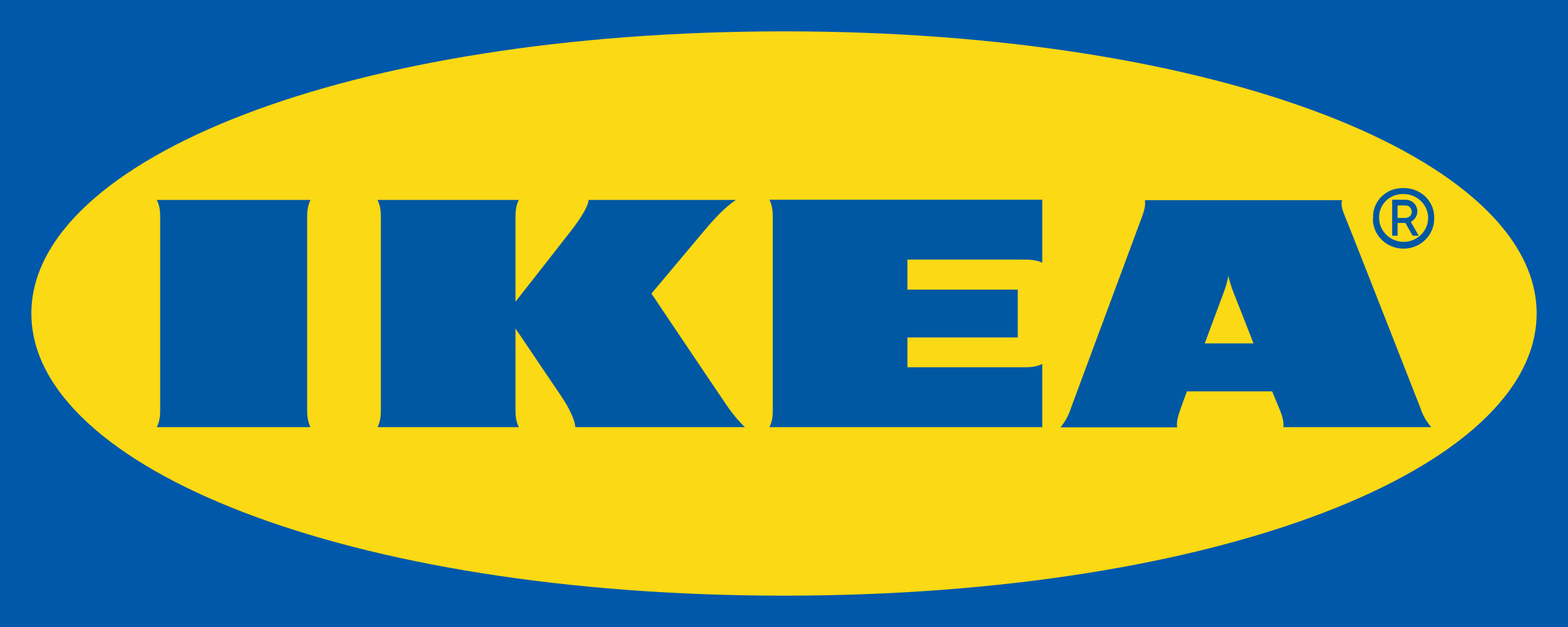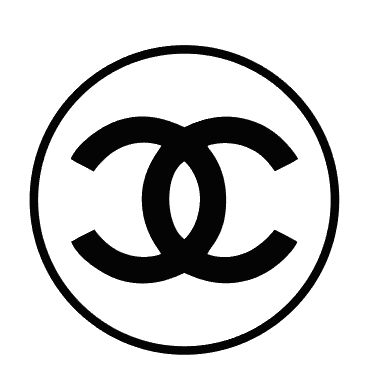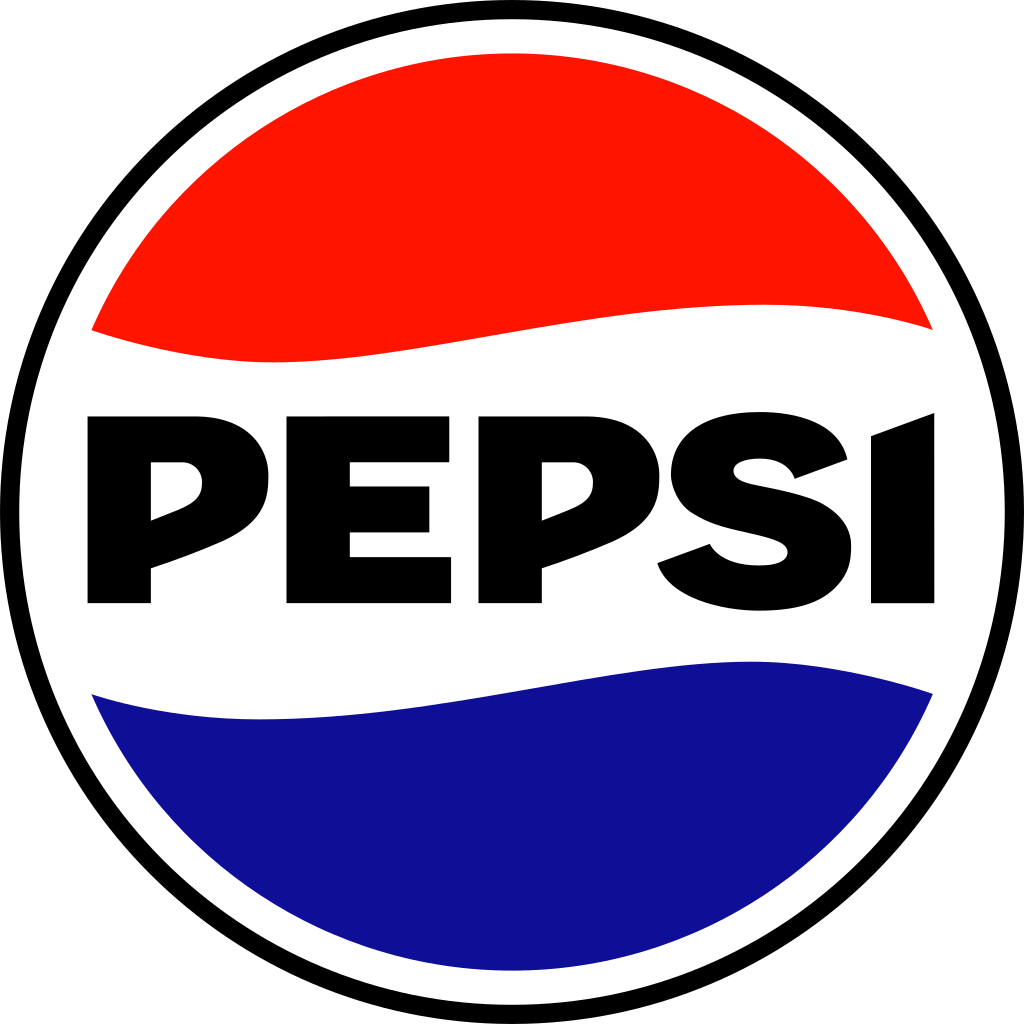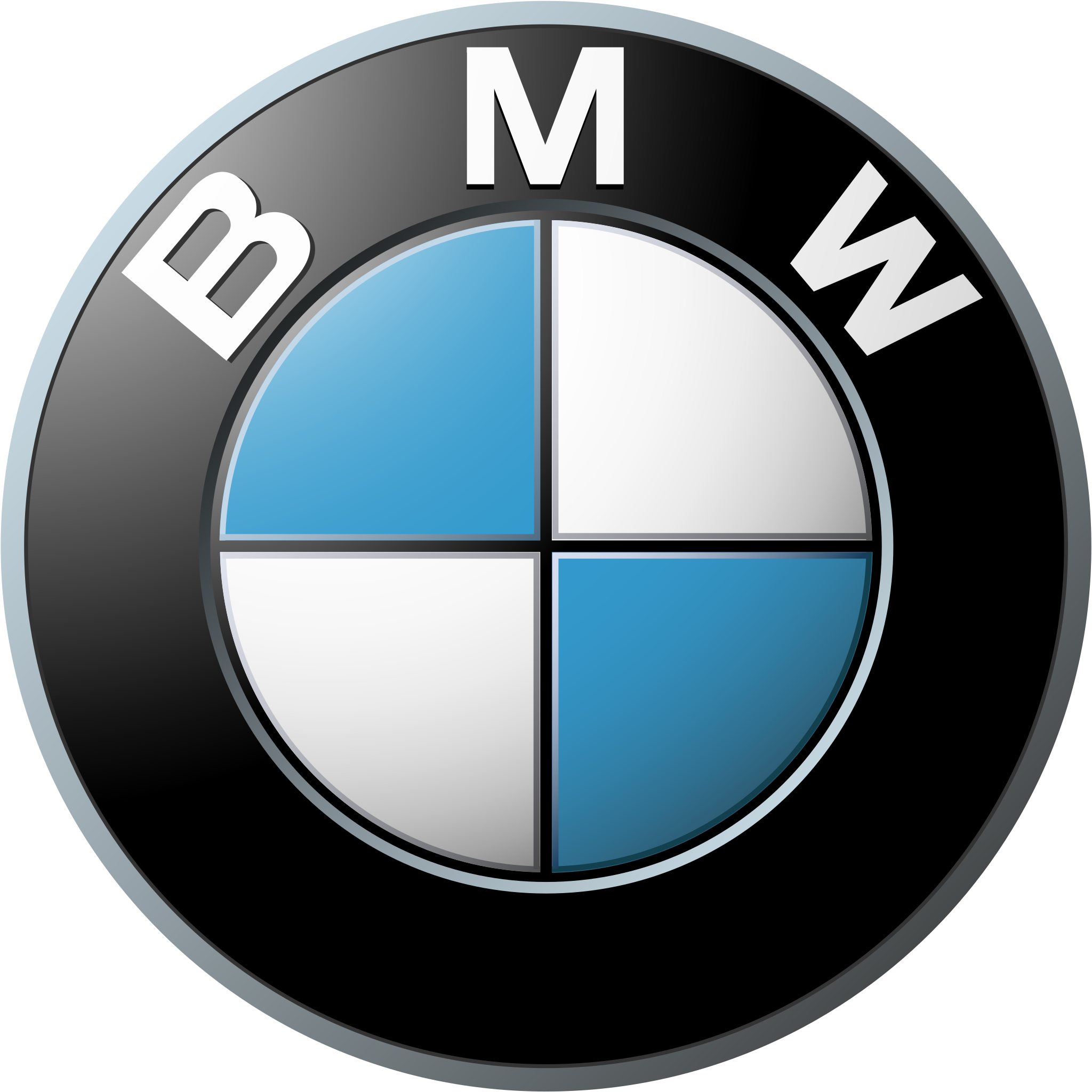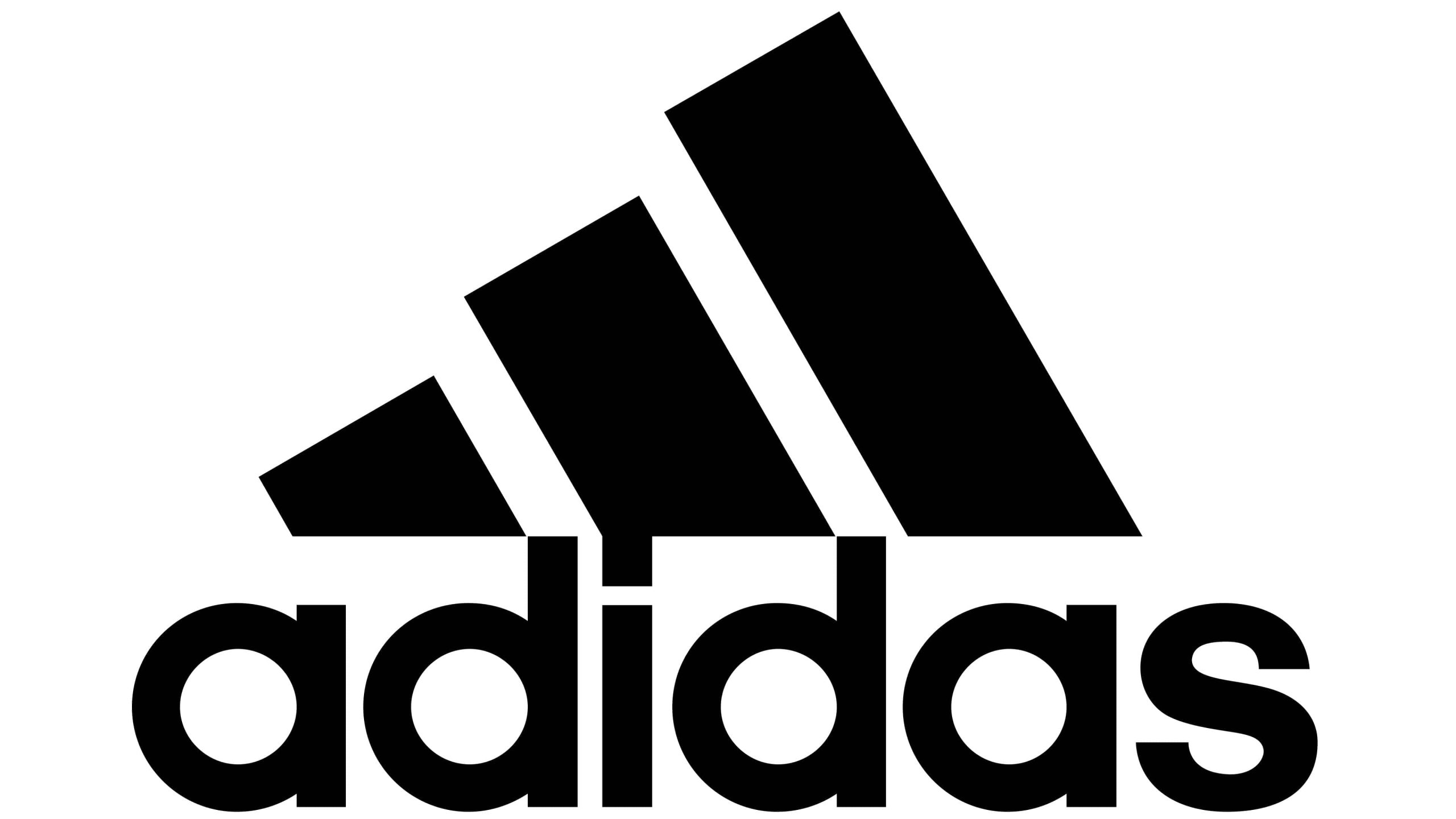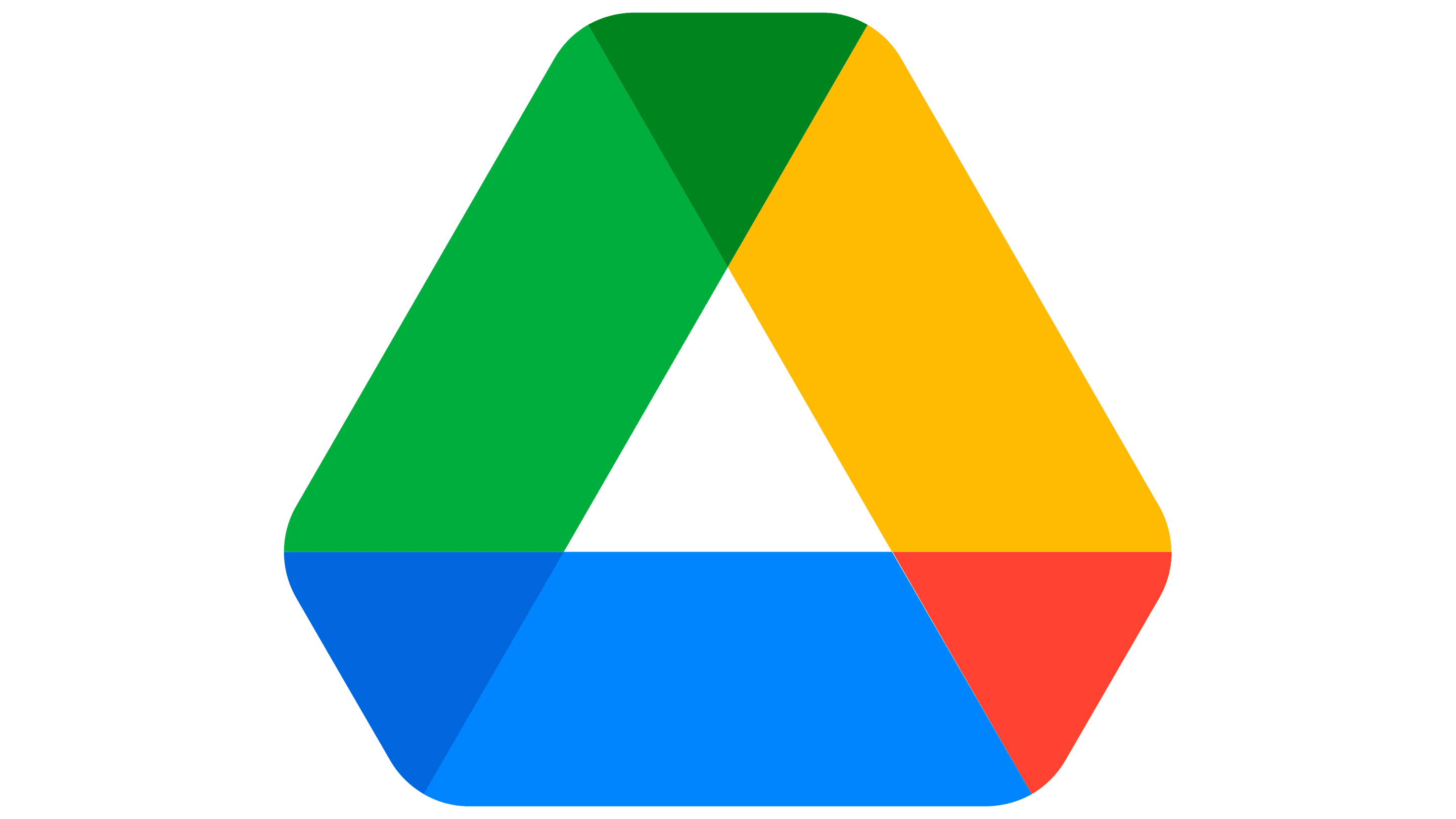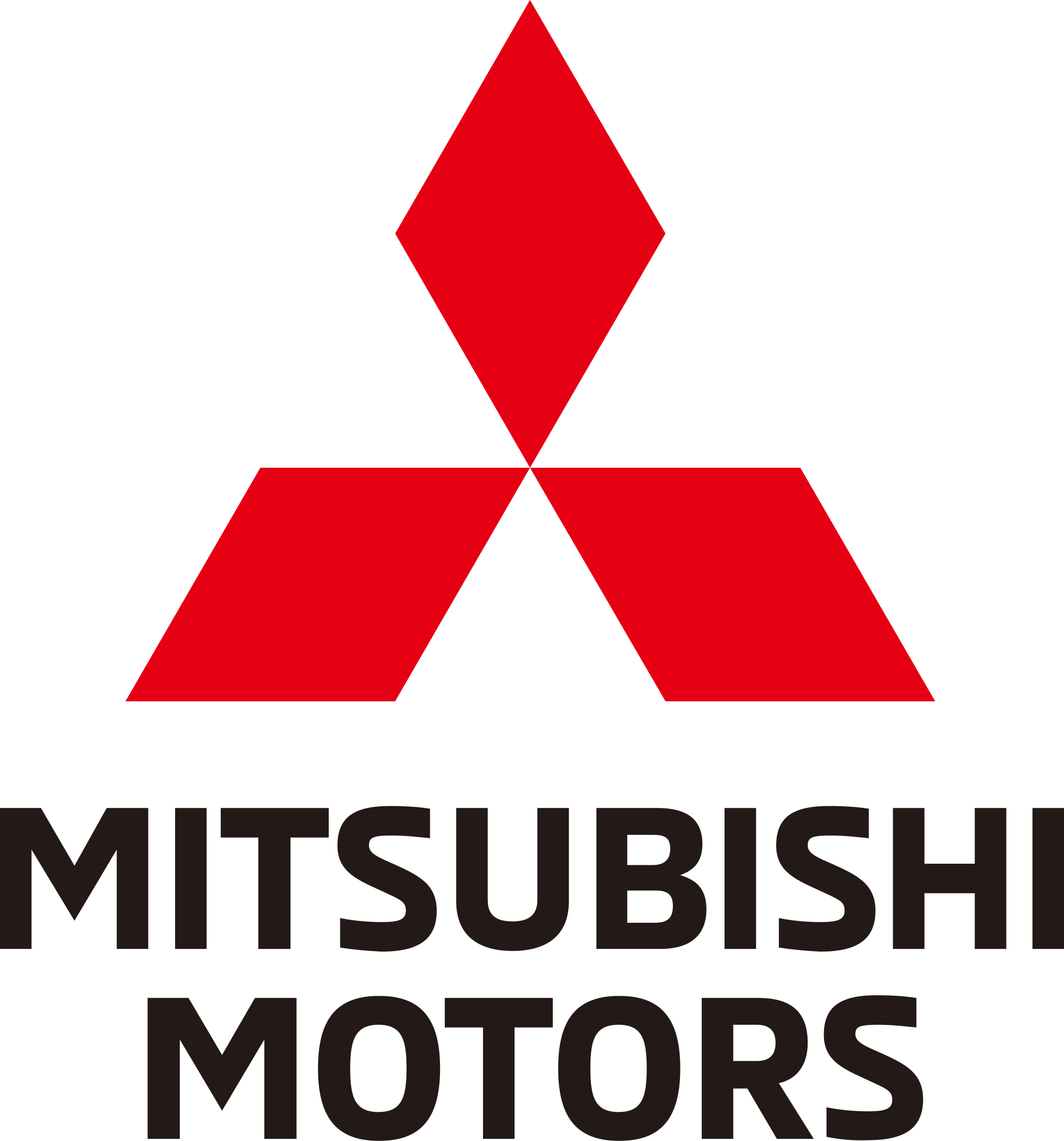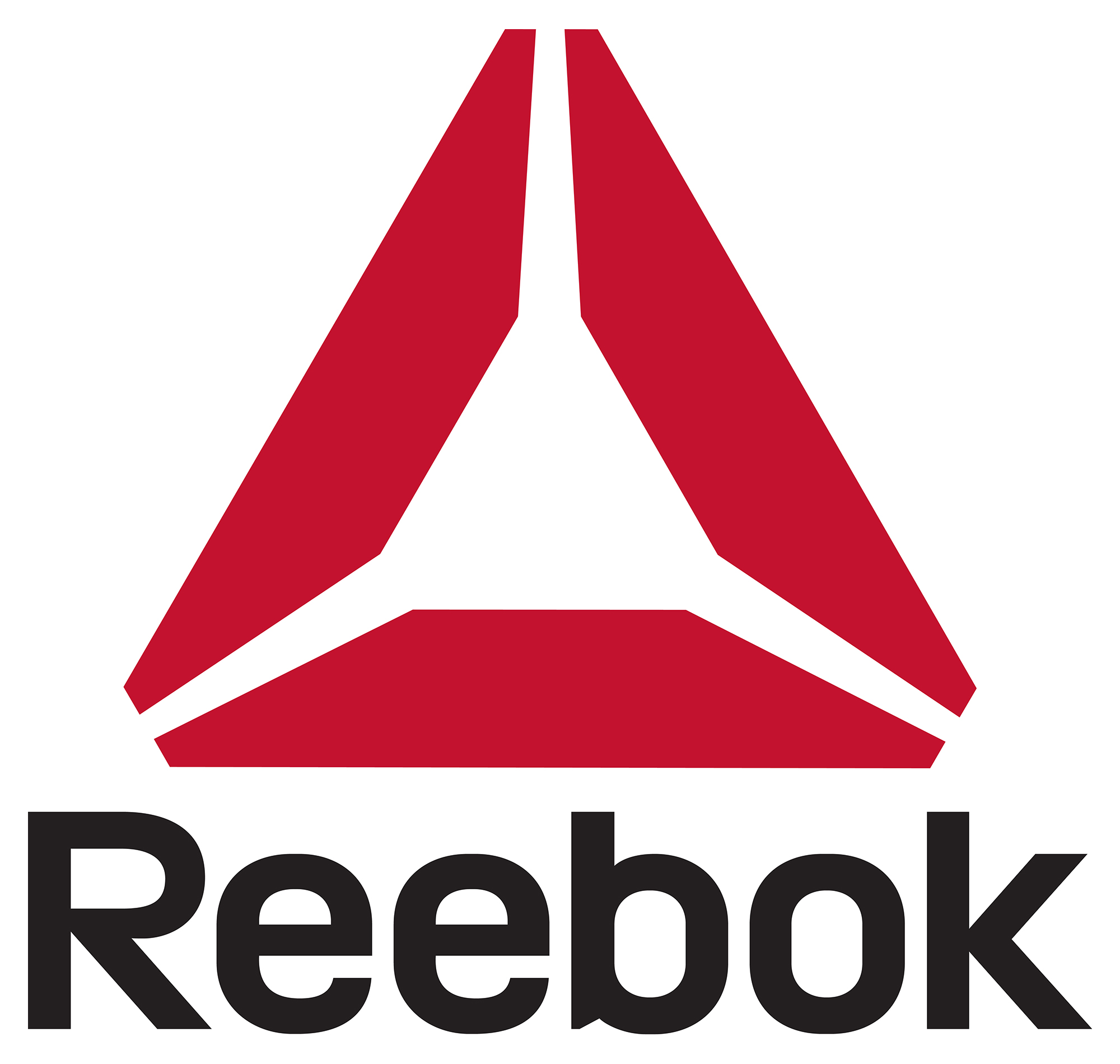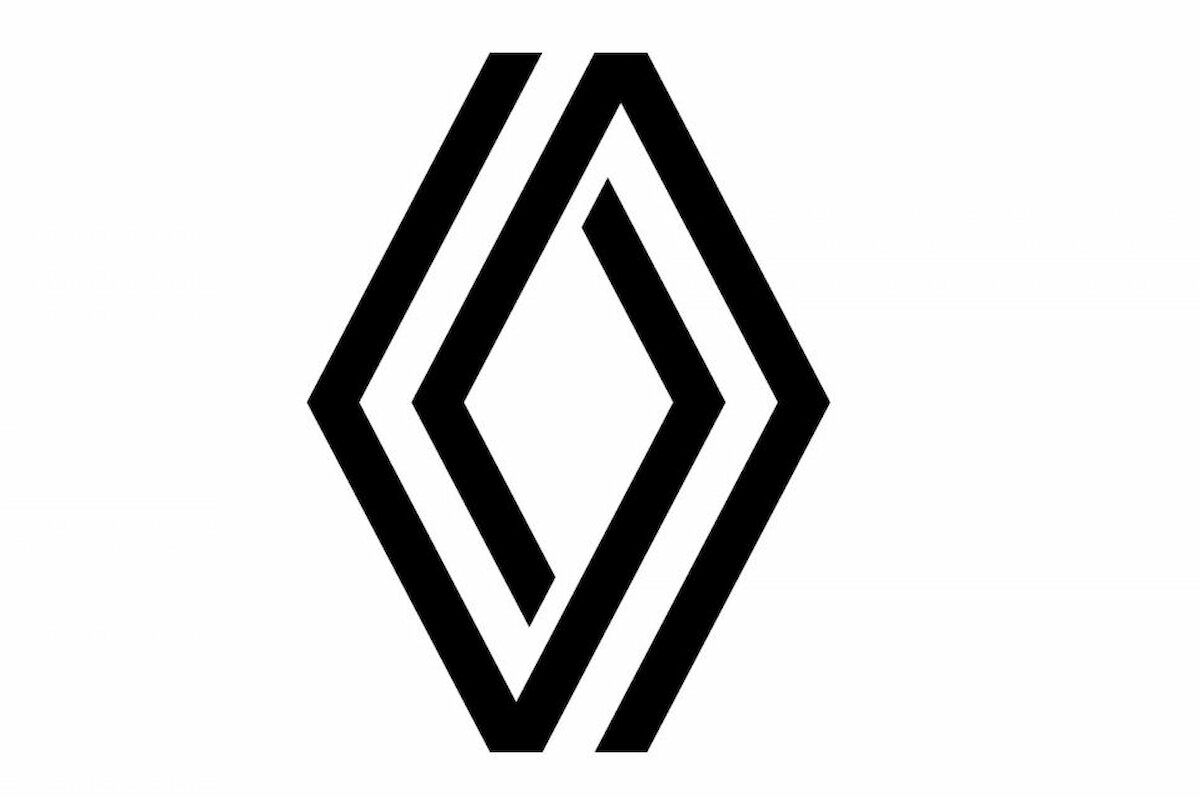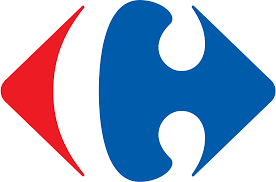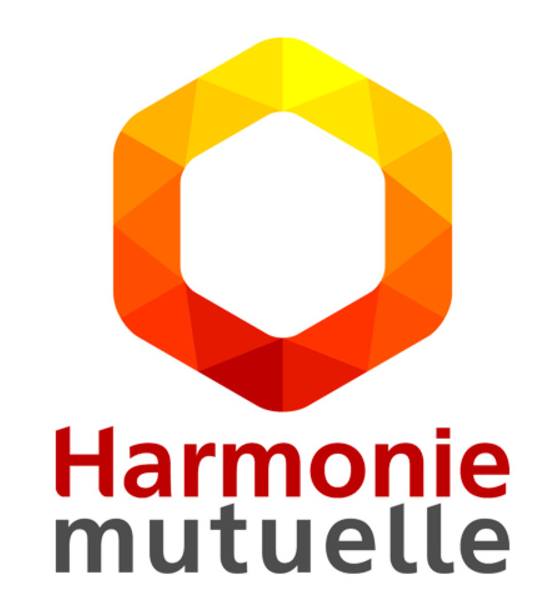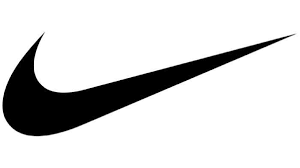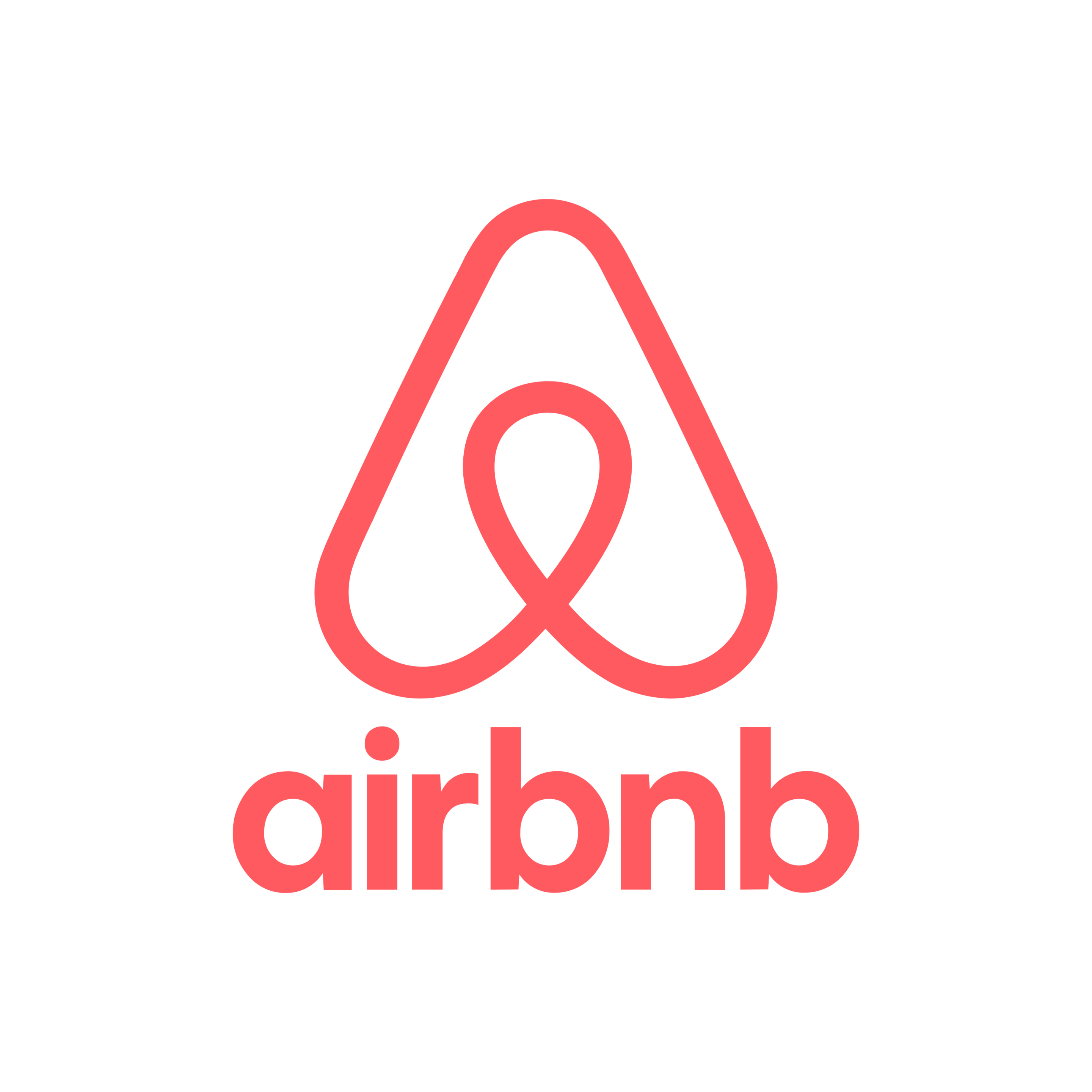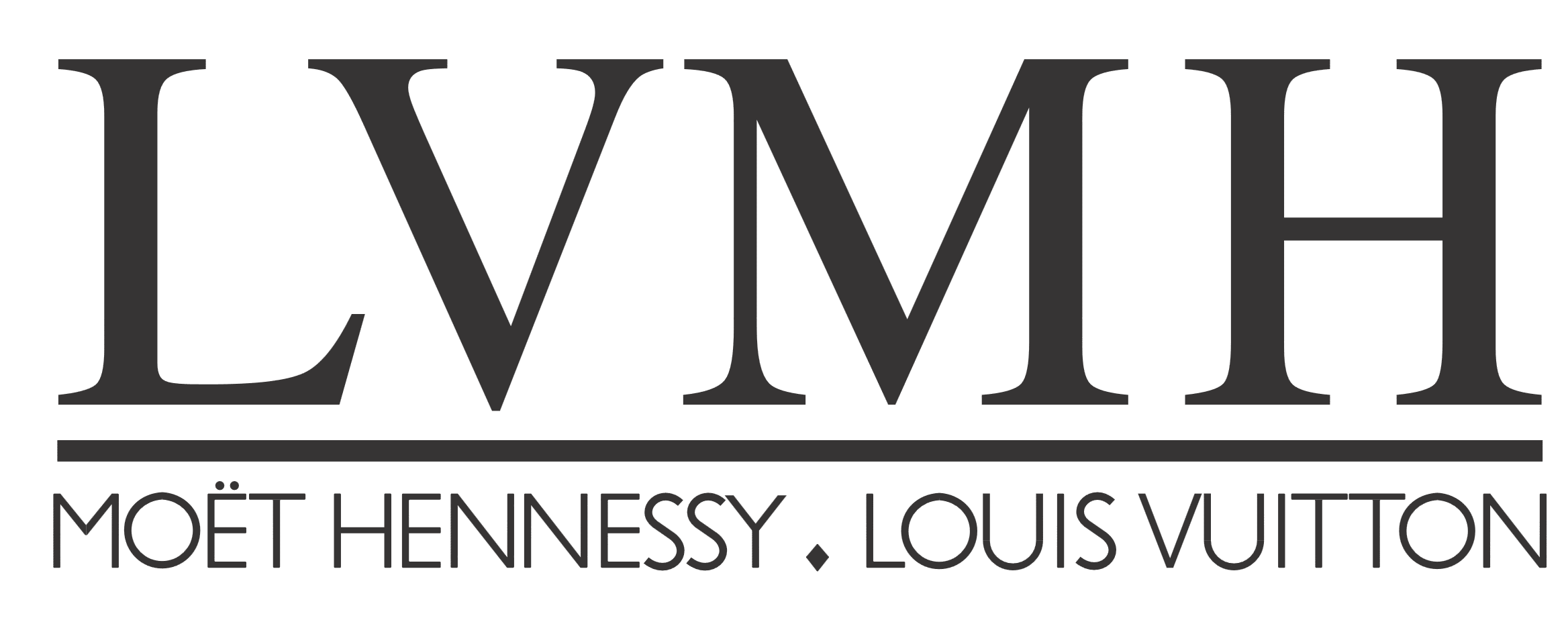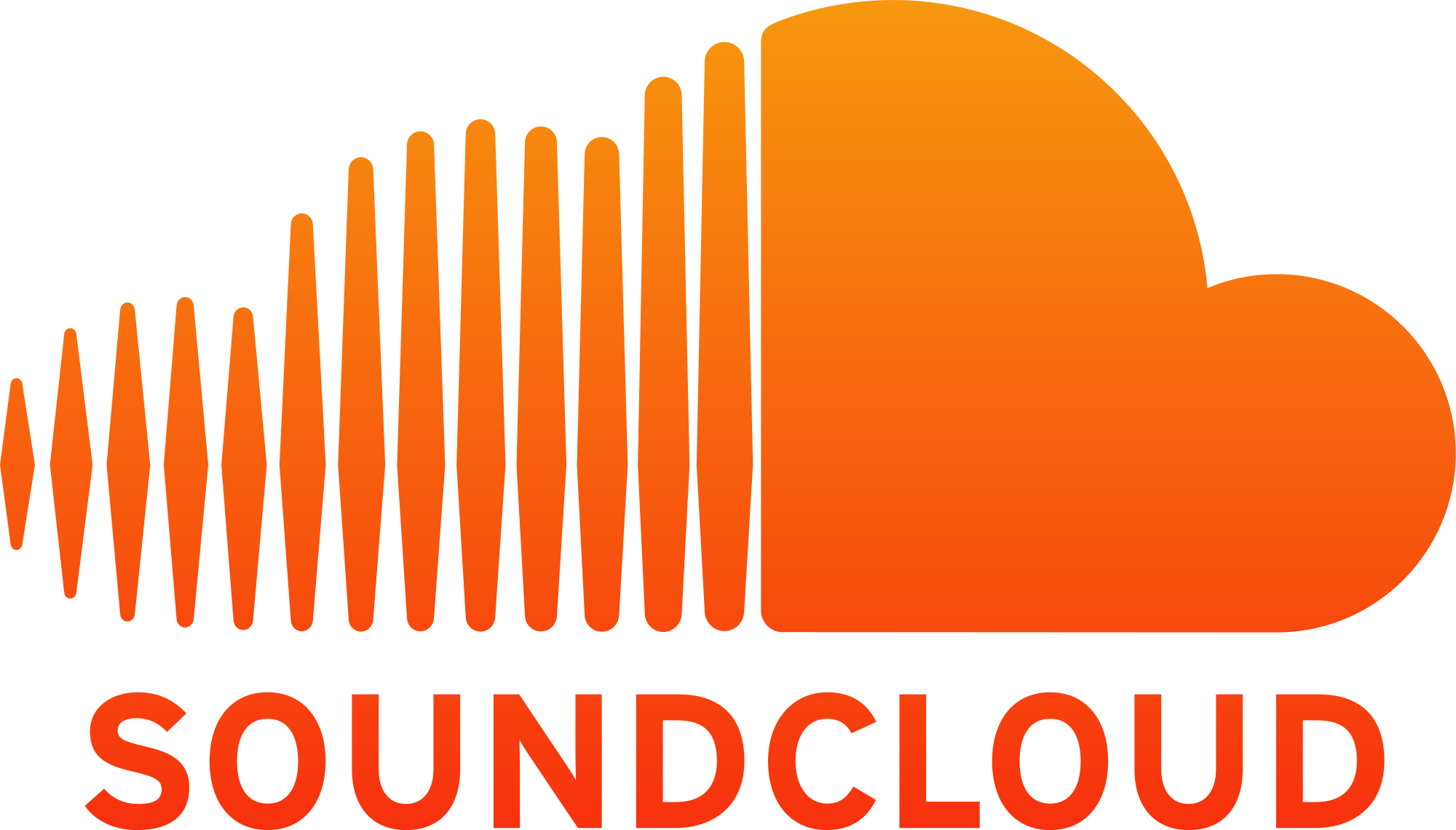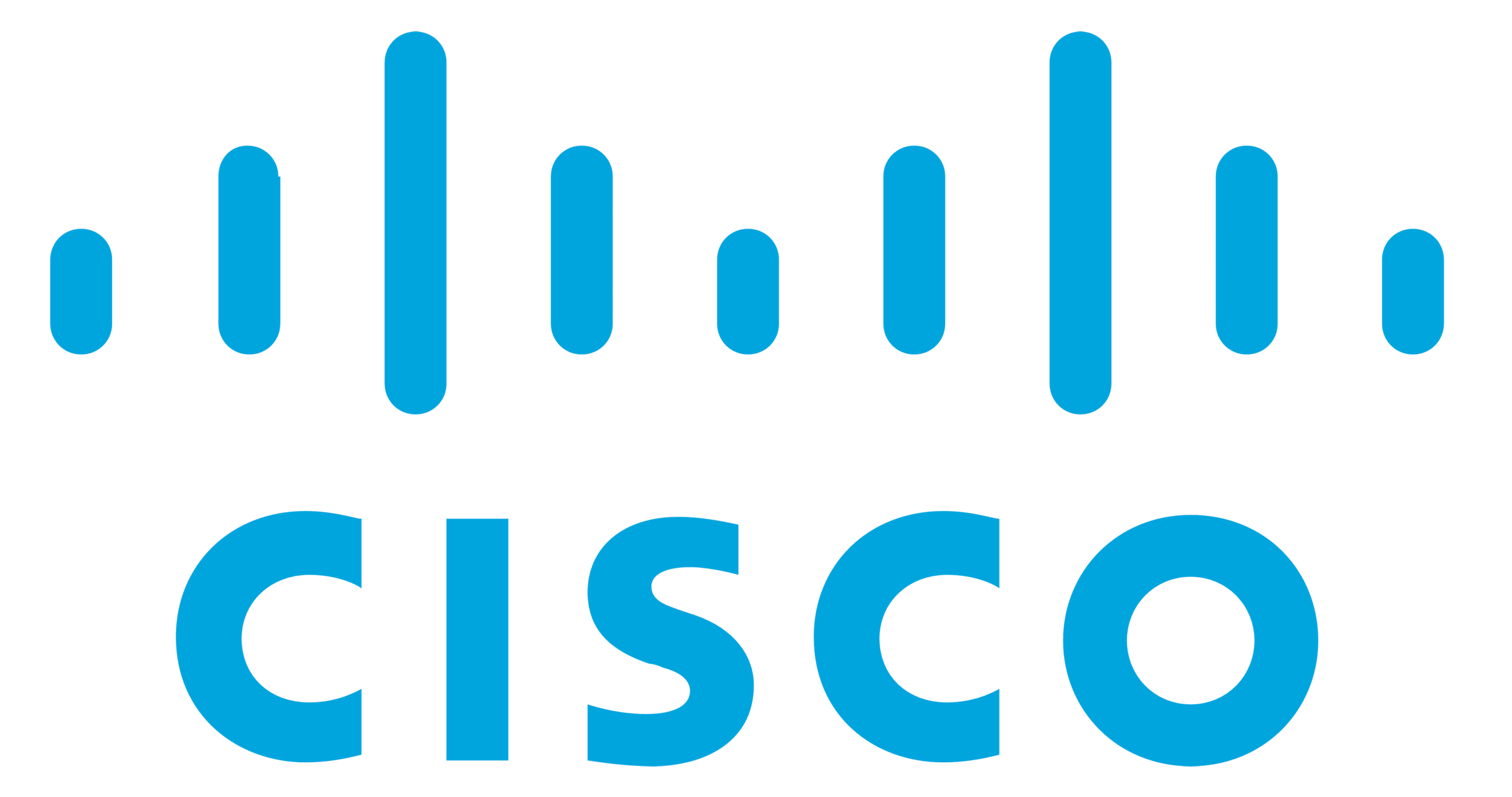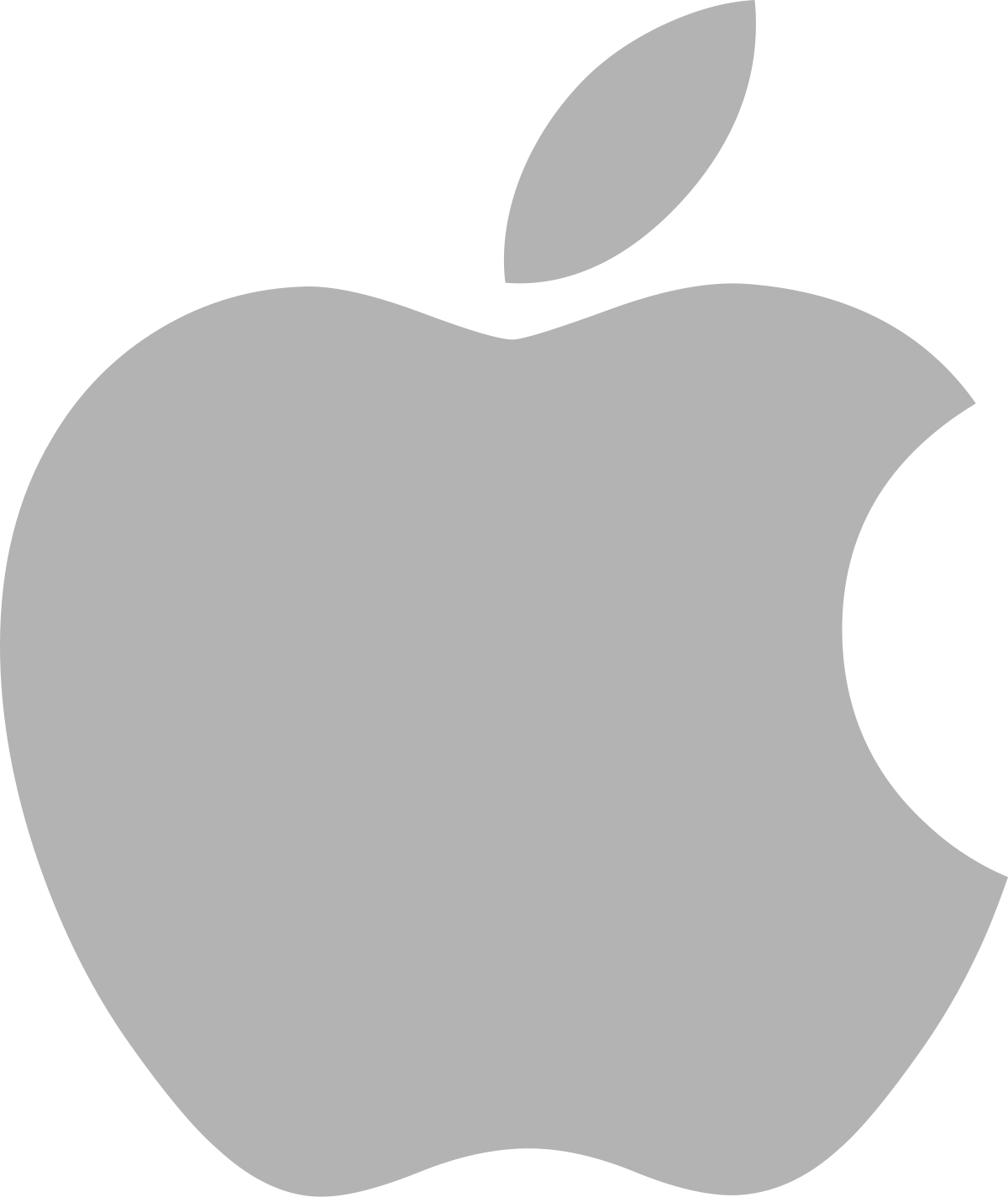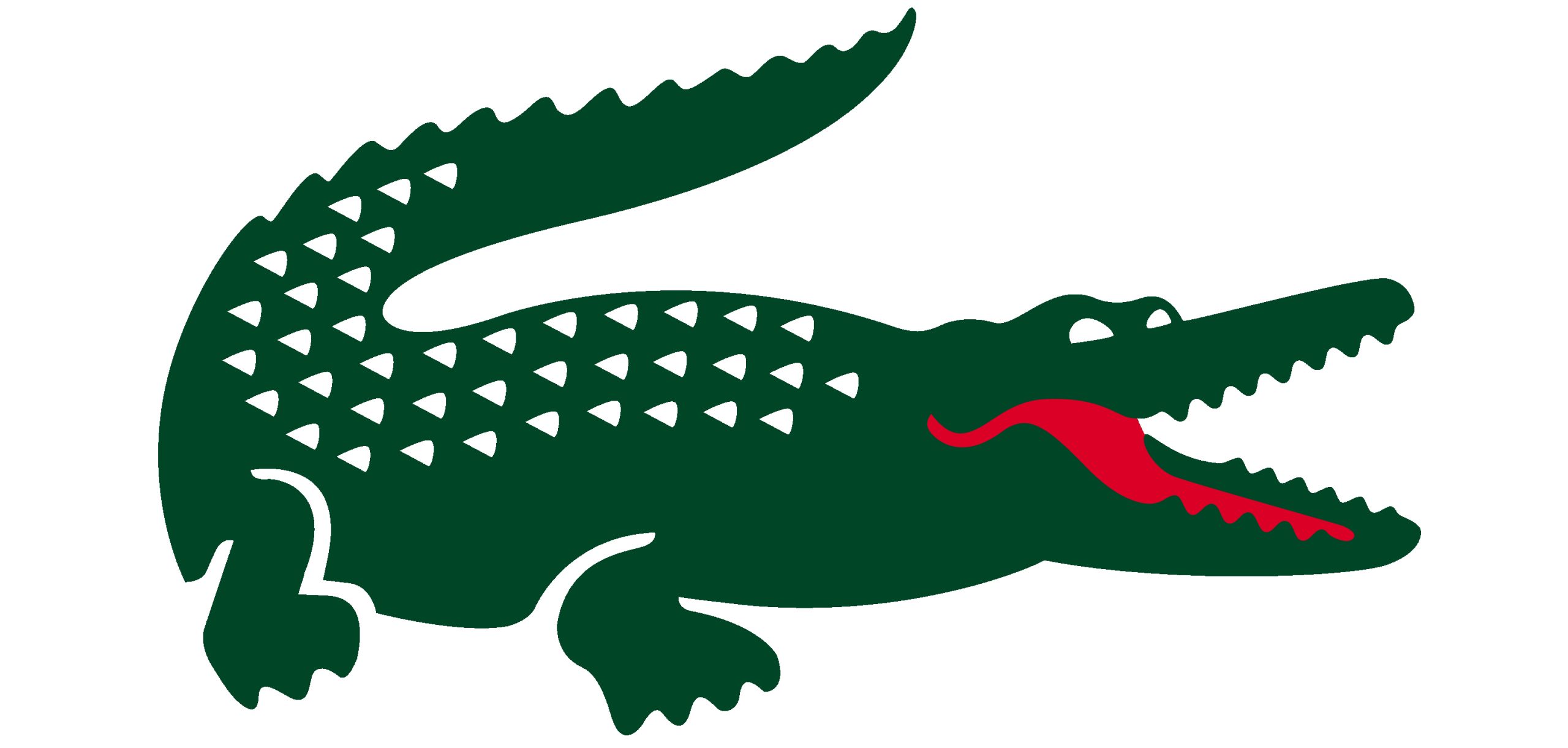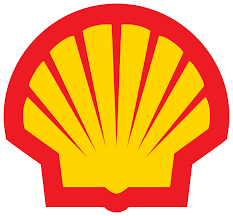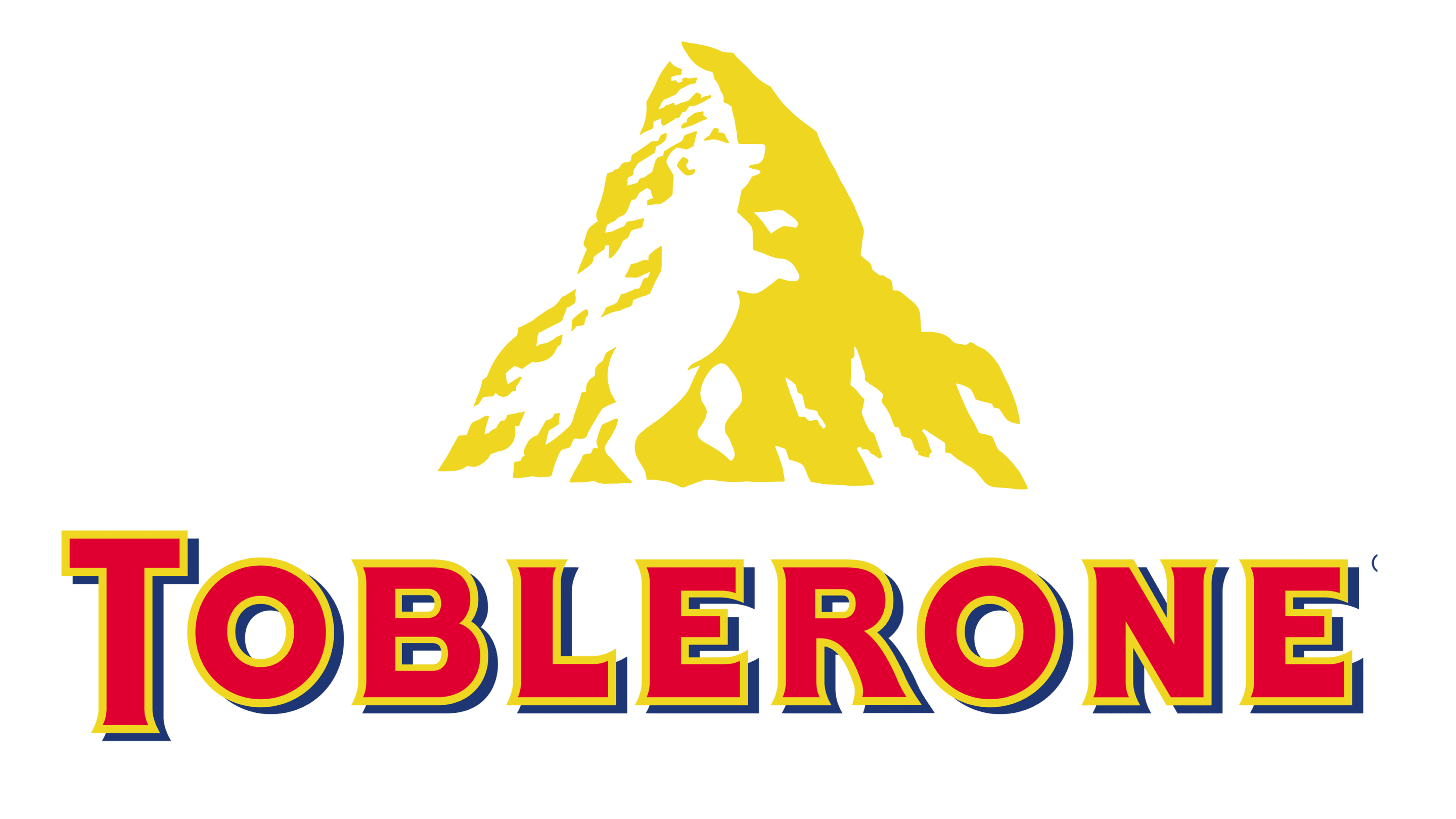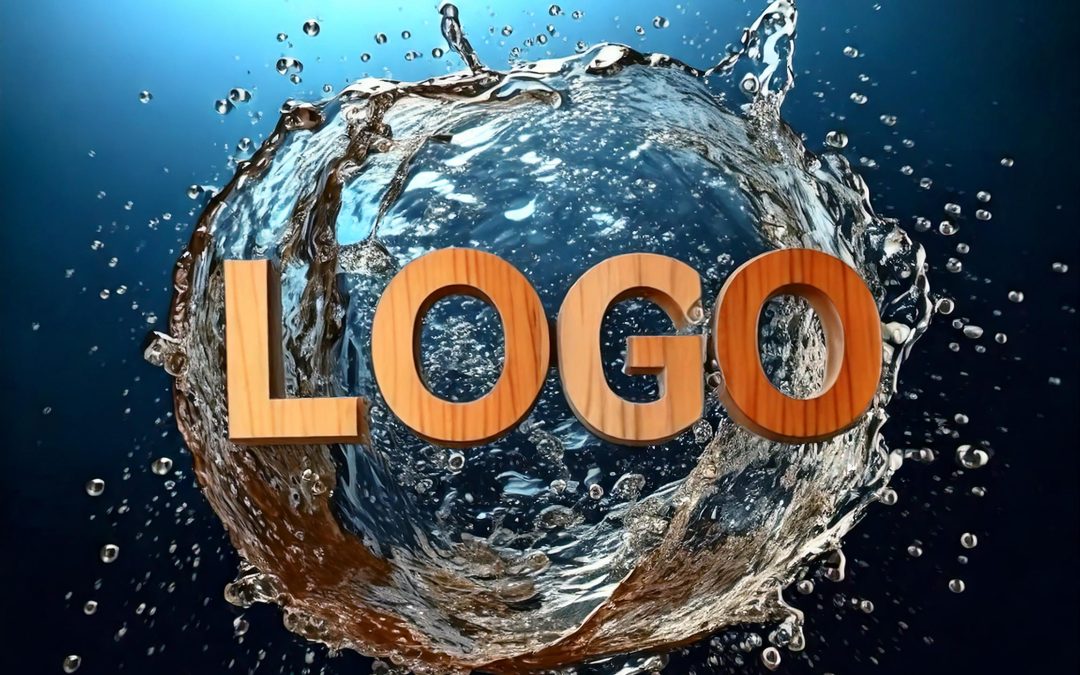
What is a logotype and how to use it?
After shape and color, there’s a 3rd and final important element in logo design: typography.
In its purest definition, typography is the art of assembling characters together to compose words and phrases, and then printing them. This method was perfected in the mid-15th century, when Gutenberg invented the printing press.
Now popularized, typography is used everywhere and by everyone, without necessarily knowing its codes and technicalities.
As for the logotype, as its name suggests, it’s a logo made entirely of letters and numbers. It differs from a badge, which is made up of an image and constitutes an emblem.
But how do you use typography in a logo, and how do you choose it properly? We give you all our advice in this article.
What is a logotype?
A logotype is a logo composed solely of letters or numbers that are stylized to give a distinctive appearance and become the essential, representative element of the brand.
The logotype has long been used to represent traditional brands, which put their name on their store, sign or office and were legible from several meters away. It then gradually diversified, incorporating puns, images and hidden meanings.
This type of logo therefore tends to inspire the classic, conventional side of companies. It exudes stability, confidence and professionalism, but also sophistication.
Luxury brands in particular use it for the sobriety and elegance of its typography. Some have even chosen to use monograms (a combination of one or more letters that do not form a word, but rather an image), which have become emblematic throughout the world and are instantly recognizable.
This is the case for Chanel, Dolce & Gabbana, Rolls Royce… who have all recently changed their brand identity and modernized their logotype, often calligraphic and serifed to make way for a more neutral and minimalist typography.
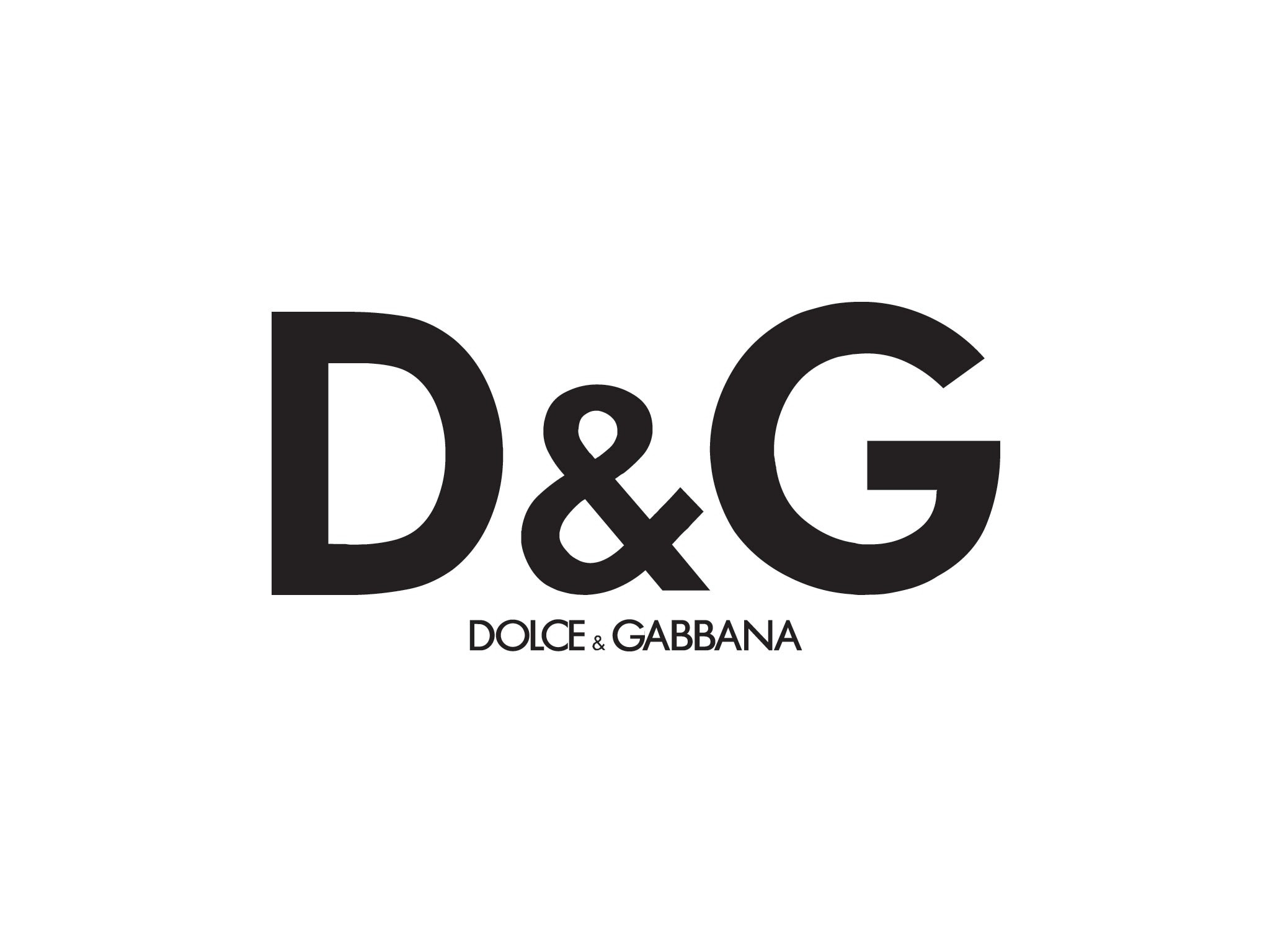

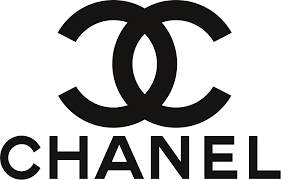
The logotype is also a wise choice for companies just starting out, as it can’t be confused with any other logo, having the brand name spelled out in full.
For example, Google, Disney, Kellog’s… all have logos that stand the test of time, thanks to their own distinctive typography.
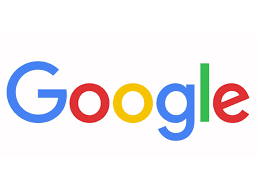
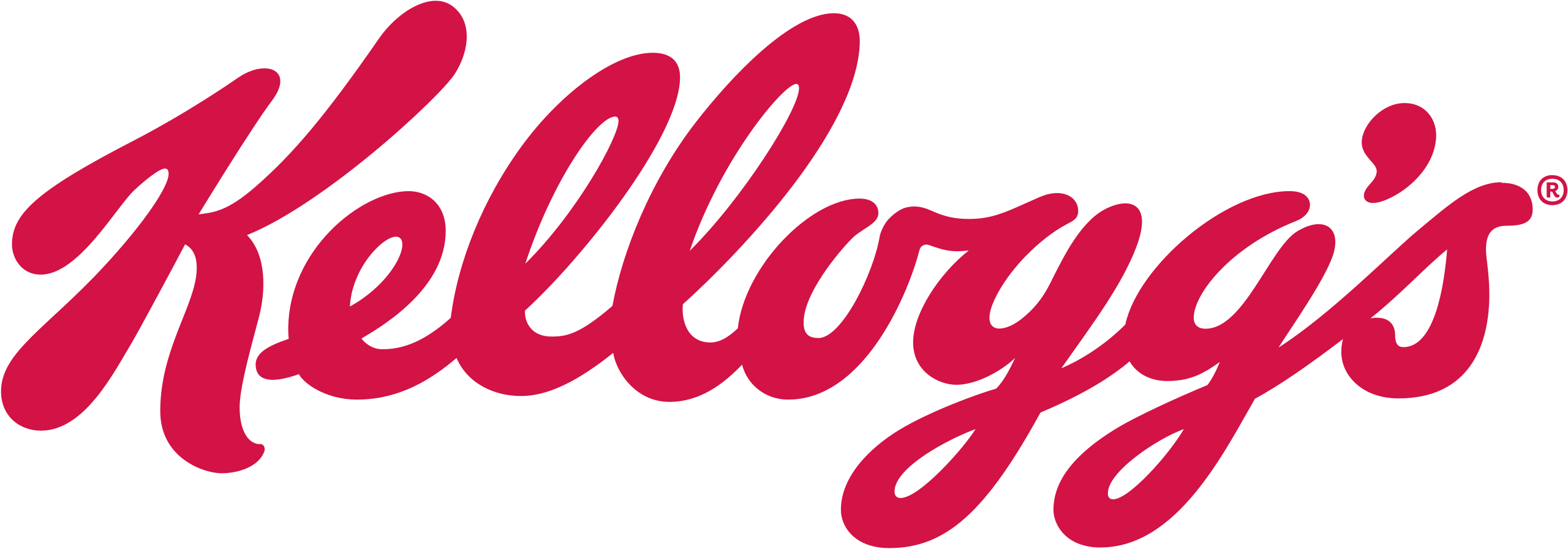
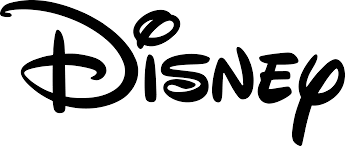
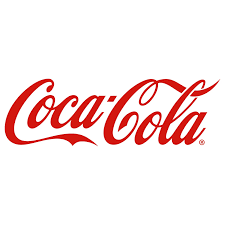
Some logos have decided to combine their logotype with their badge: this is the case, for example, with the Amazon logo, which combines its logotype (with the stylized letters a and z) with the orange arrow forming a smile (its badge).
This allows the brand to use its 2 elements according to the context: print documents, web and mobile use, goodies…
Consumers identify the brand by the arrow, but also by the stylized “a” in the brand name.
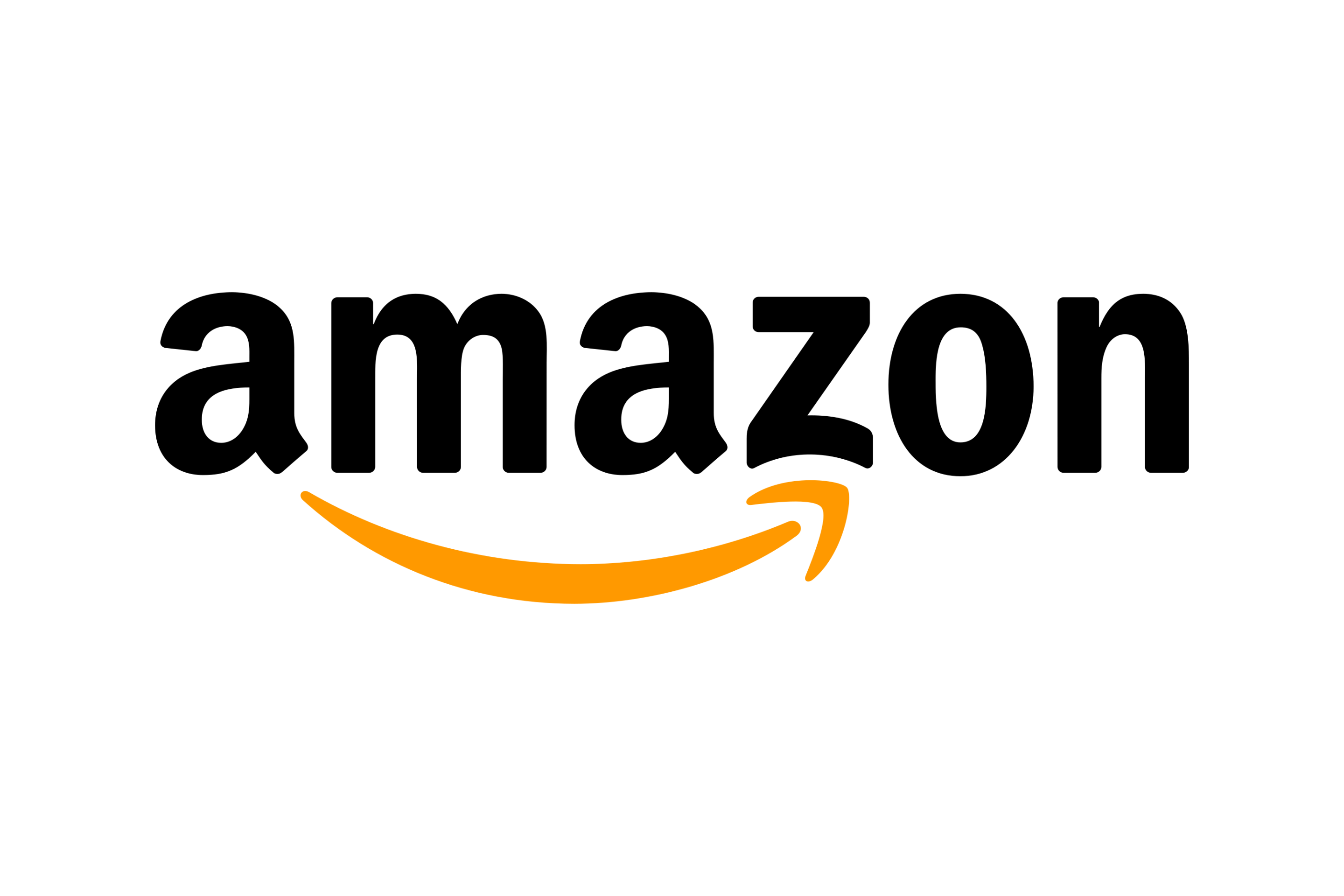
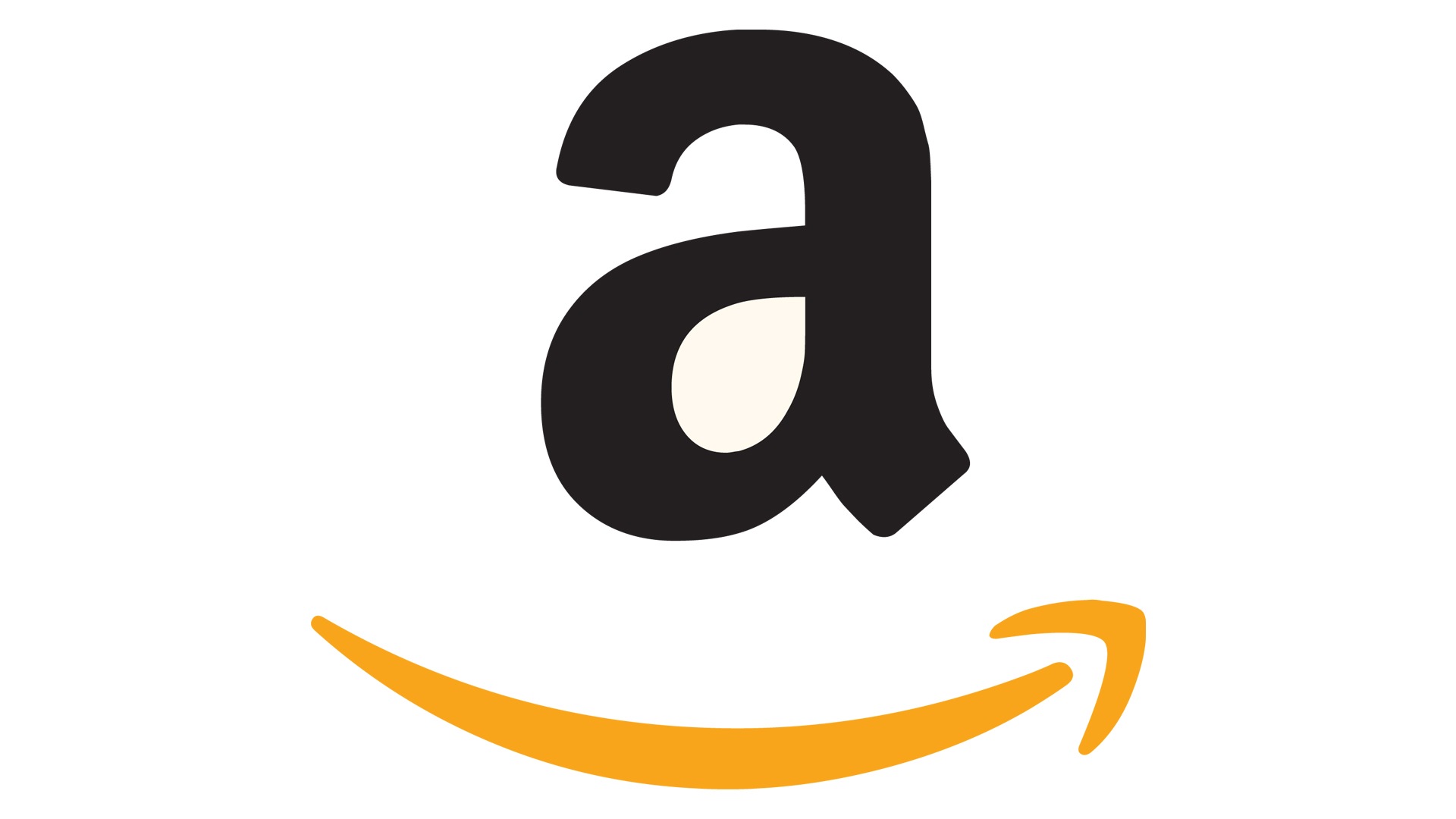
One last question remains: how do you choose the right font for your logo?
As mentioned above, typography is an art that has been present and in daily use for centuries.
Thanks to this technique, every detail is thought out and worked on to give meaning and convey the message you want to get across.
This requires :
- Choose a typography that speaks to your main target: you don’t speak the same way if you’re a children’s toy company or a law firm. Your typography must reflect these values.
- Choose a typography that is unique, customizable and easily identifiable: prefer paid fonts or fonts created uniquely for your company, rather than free fonts available to everyone.
- Choose a typeface that can be read in all circumstances: your logotype must be visible and identifiable on different media (printed documents, use on the web and mobile, website, goodies, large media…) but also in different font sizes (especially smaller ones) and in different colors (especially monochromatic colors such as black and white, on a colored background).
- Choose a timeless typeface that will last and not have to be changed every year. Avoid “trendy” fonts in your graphic identity (or only for temporary teasers or call-to-actions).
There are several specialized sites where you can search for and compare fonts: GoogleFont, Adobe Fonts, Dafont… You can enter your own text, or choose from a selection of sample texts, for guidance and inspiration on the shape of the letters and how they fit together.
Creating a logotype requires advanced knowledge and unique design know-how. Even if it remains secondary in the design of your logo, the typography must be well thought-out, meticulous and in harmony with your brand, your products and the values you wish to convey.
